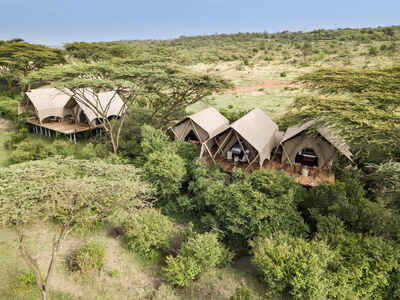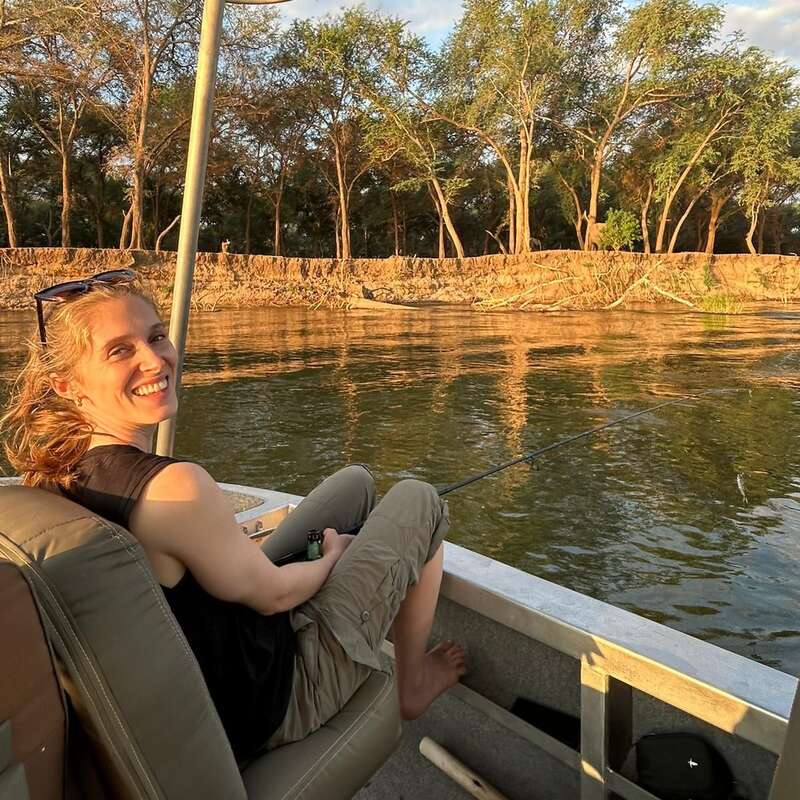About Mara Nyika
With its intimate size, opulent design, and stunning location in a private conservancy, Mara Nyika offers an unforgettable wildlife experience with high levels of exclusivity and luxury.
The newest camp of the Great Plains Conservation collection, Mara Nyika is similarly designed to its Kenyan cousins, styled with a beautiful blend of traditional safari décor and uniquely crafted artefacts and furniture from southeast Asia.
It is positioned by a little stream, overlooking the sweeping plains of the Maasai Mara’s second largest conservancy, Mara Naboisho Conservancy. From here, you can quickly access superb wildlife-viewing areas in the conservancy, as well as the neighbouring Maasai Mara National Reserve. Ever famous for its annual wildebeest migration, the Maasai Mara ecosystem usually begins to heave with the migrating animals in July, when dramatic crossings of the Mara River make for especially thrilling game-viewing until as late as October.
Mara Nyika has just five spectacularly spacious guest tents, each of which comprises three separate tents and feels more like a suite than a tent. The camp’s small guest count enables it to feel highly intimate, where the experience offered is exclusive and can be enjoyed with a great deal of flexibility.
With its top-quality guiding, delicious cuisine, and beautiful design, Mara Nyika gets our vote as one of the Mara’s more luxurious camps, set in a beautiful location that is well-suited for fantastic game-viewing.
Our view
There is no doubting that Mara Nyika is a top-quality camp and it holds its own among the best camps in the Maasai Mara ecosystem. Its small size and friendly, professional team ensure a really personal, intimate stay. The camp is beautifully designed and is perfect if you’re seeking a luxurious, relaxing safari experience.
Accommodation
4 safari tents, 2 family suites
Children
Best for 12+
Open
All year
Activities

4WD Safari

Birdwatching

Cultural excursion

Hot air ballooning

Night drive

Private activities
Traveller reviews of Mara Nyika
1 real, un-edited reviews from Expert Africa's travellers.
Arrived 25 Oct 2022, 3 nights
"Mara Nyika review"
Overall rating: Excellent
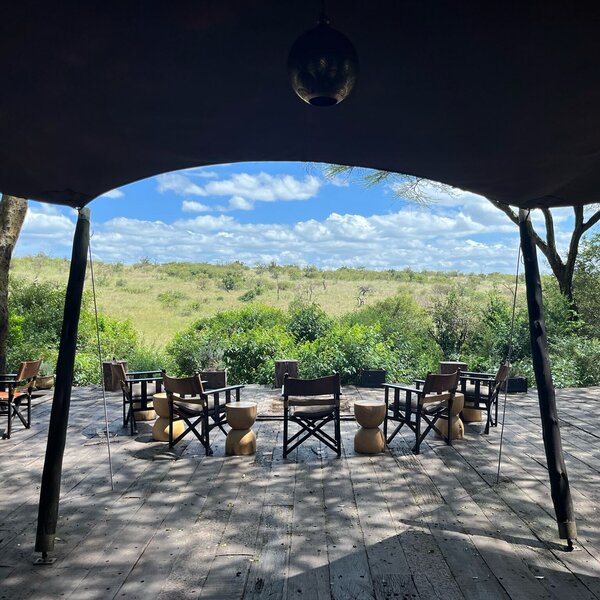
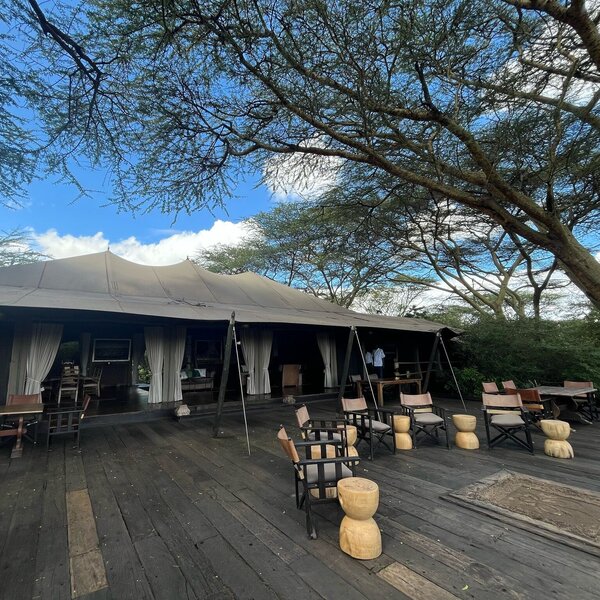
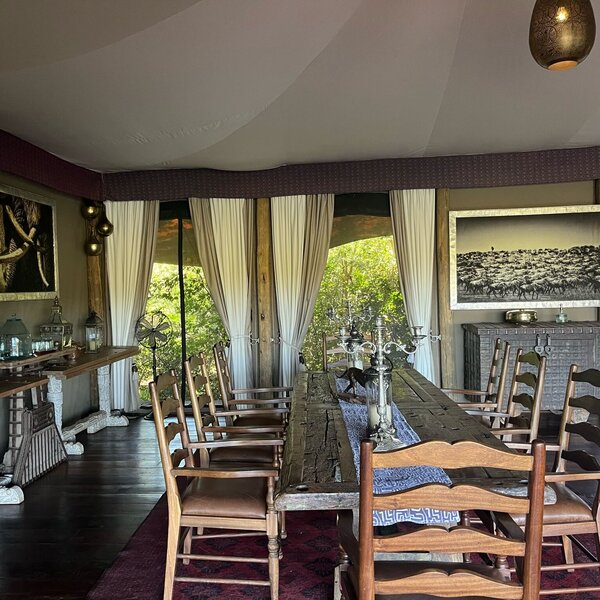
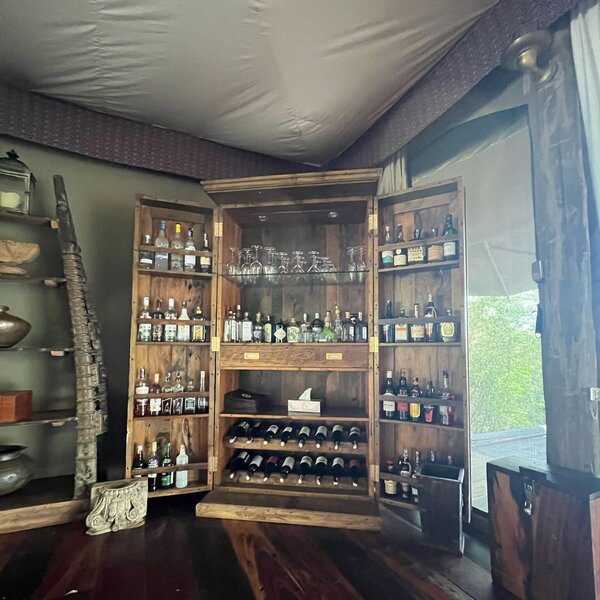
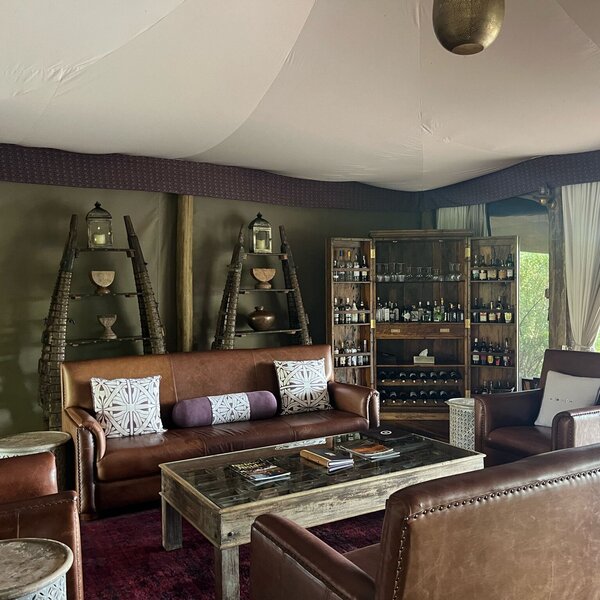
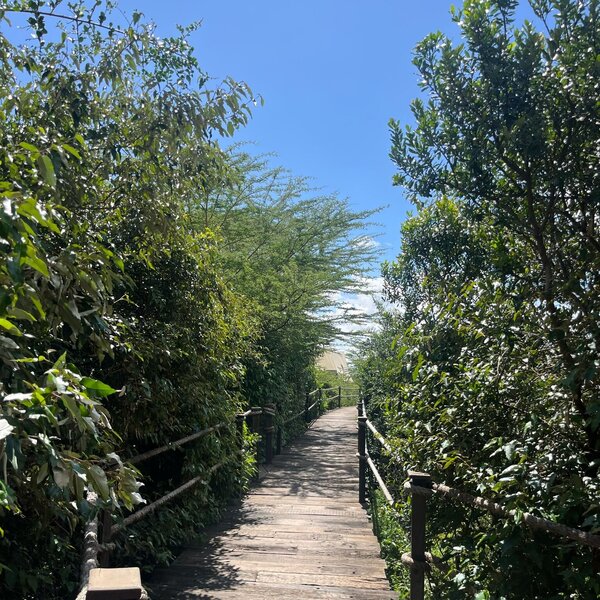
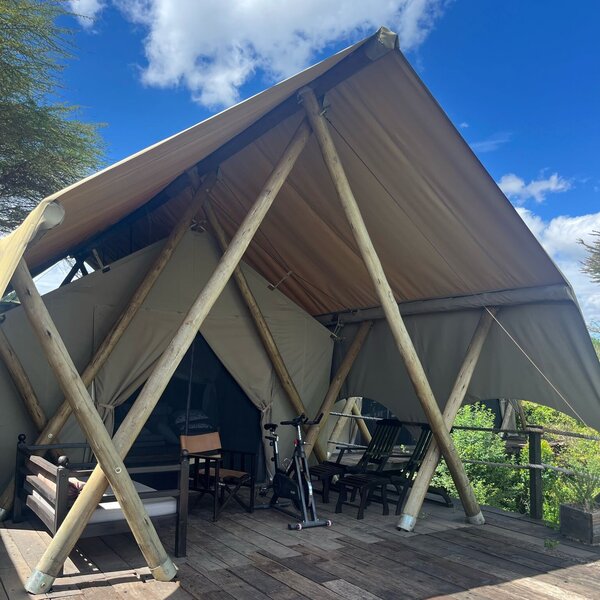
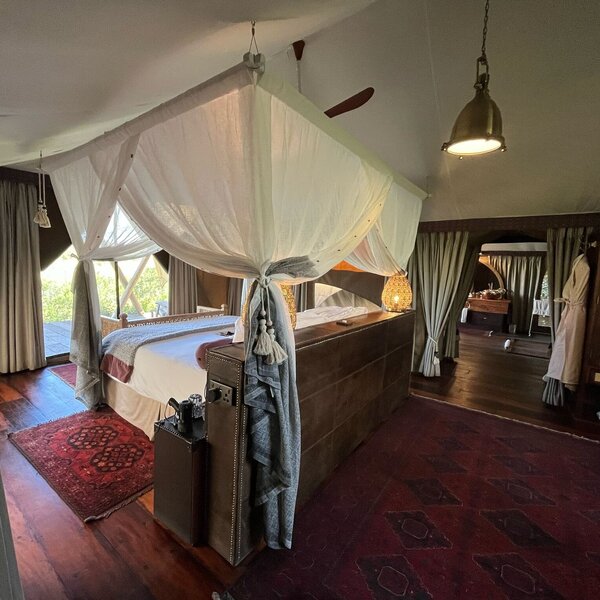
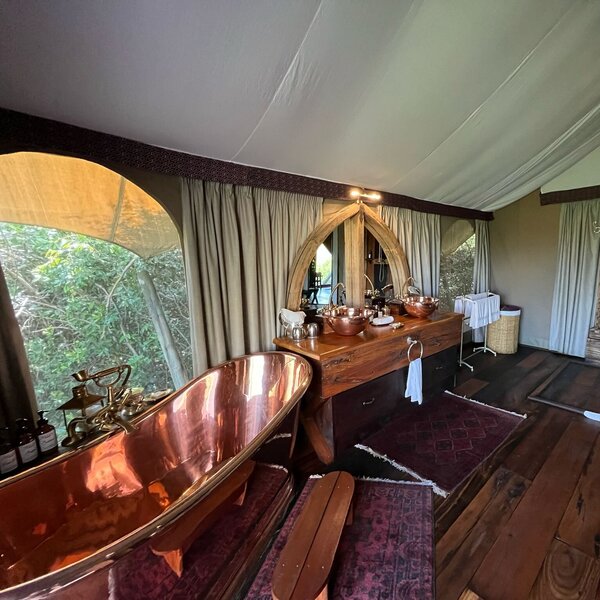
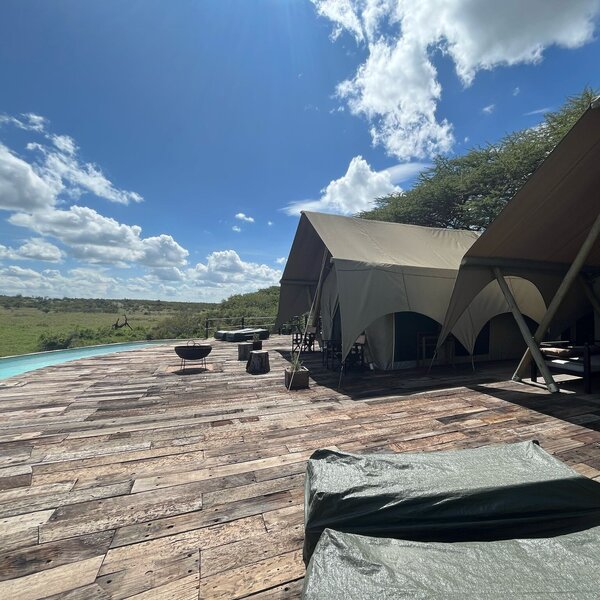
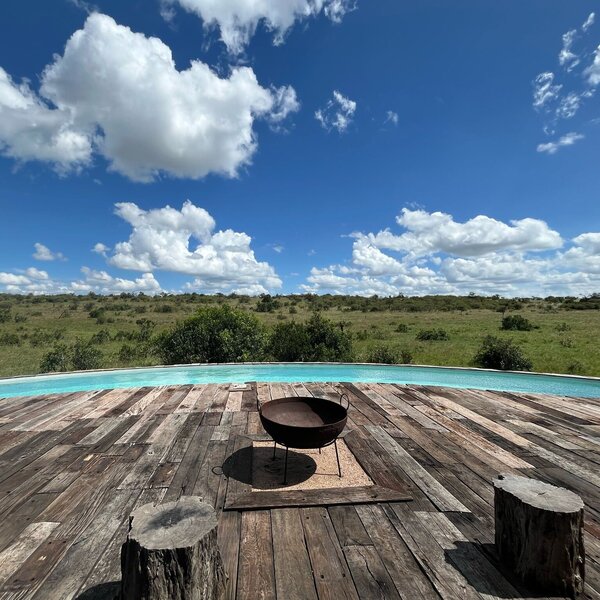
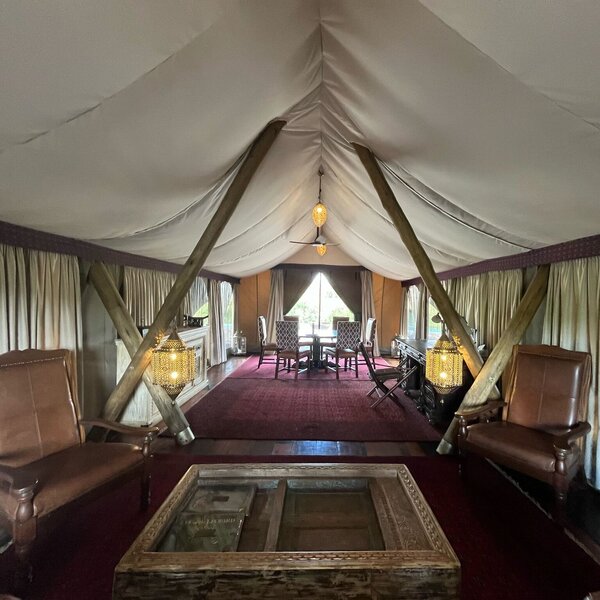
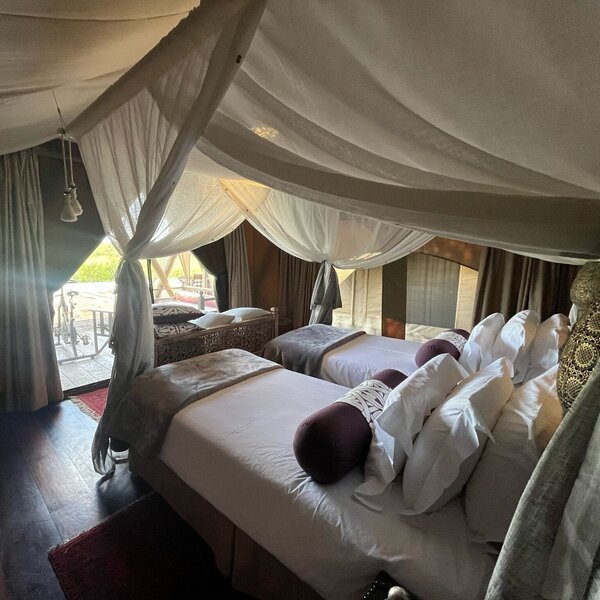
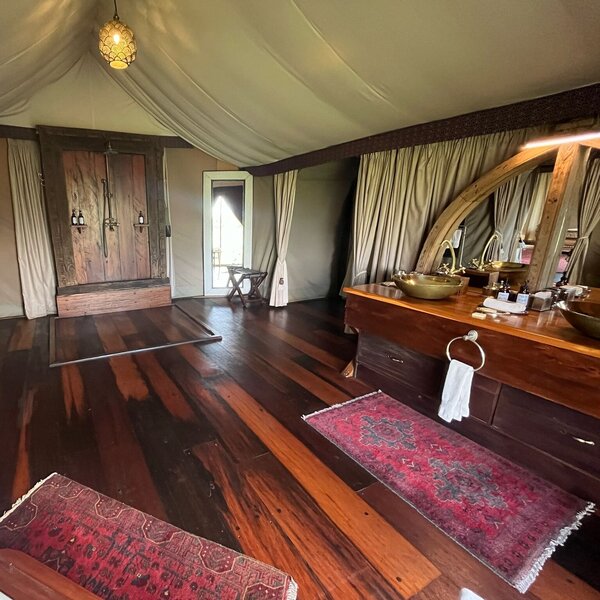
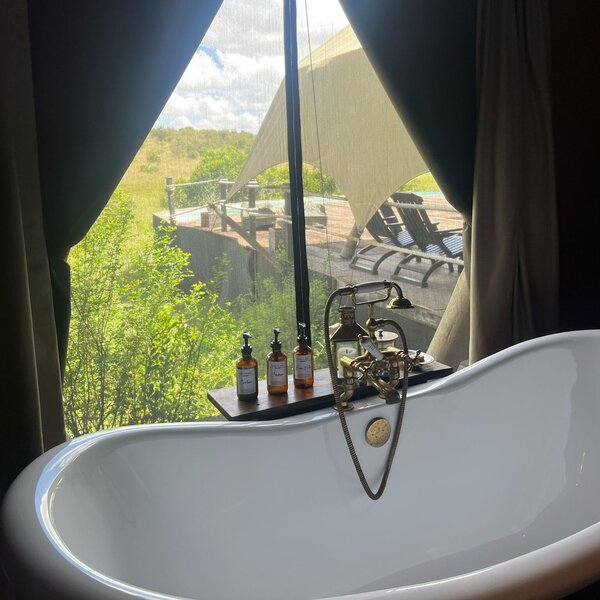
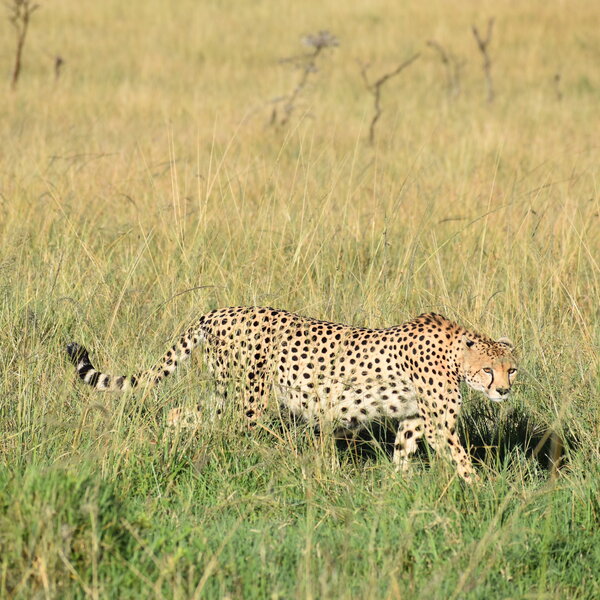
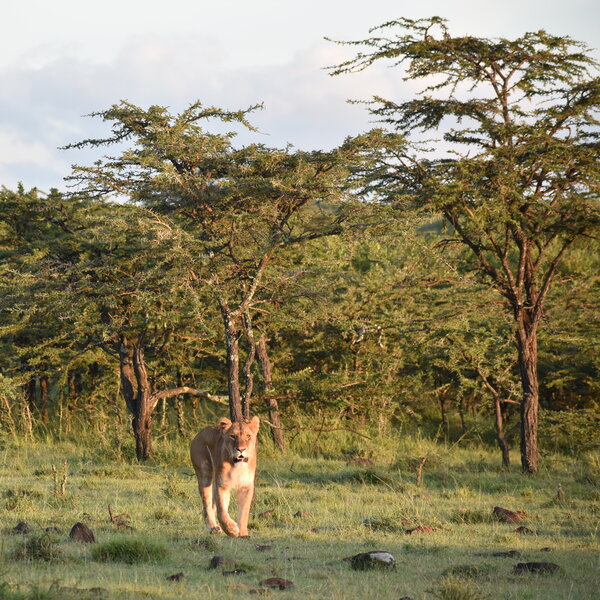
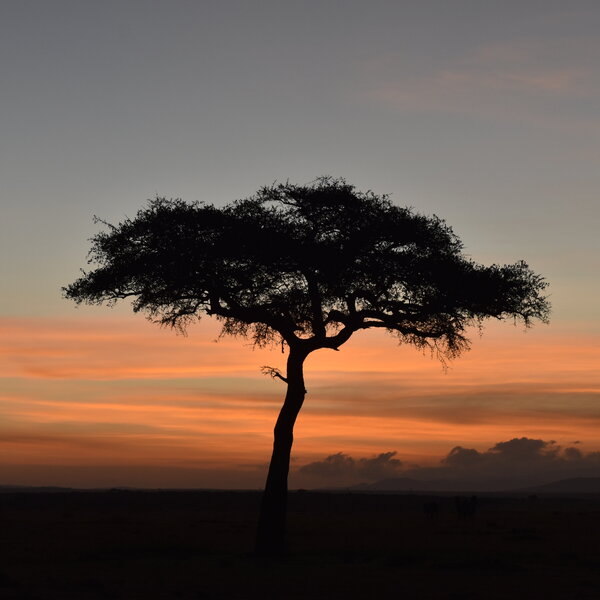
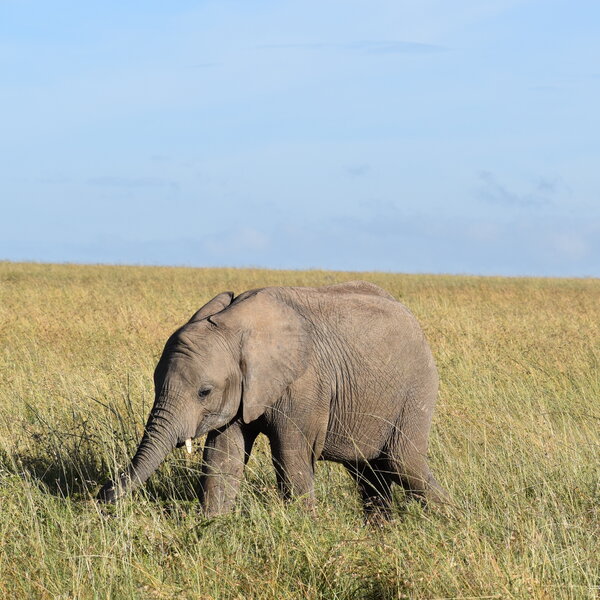
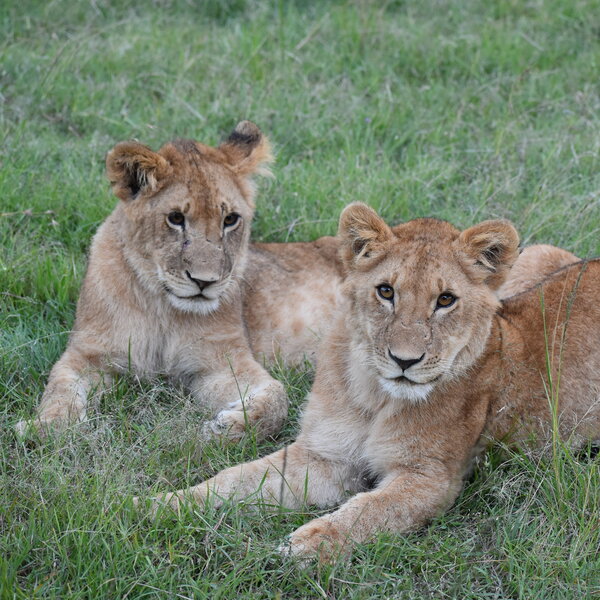
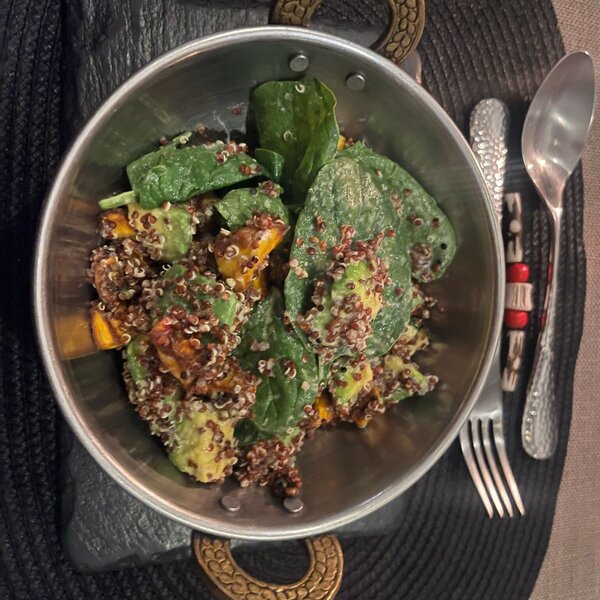
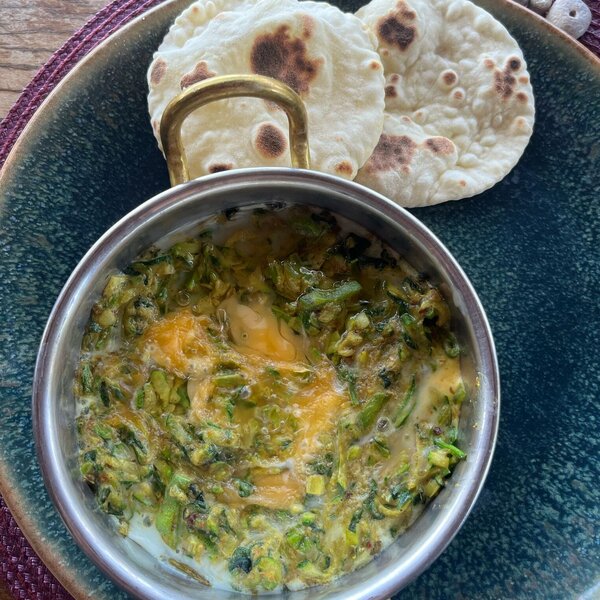
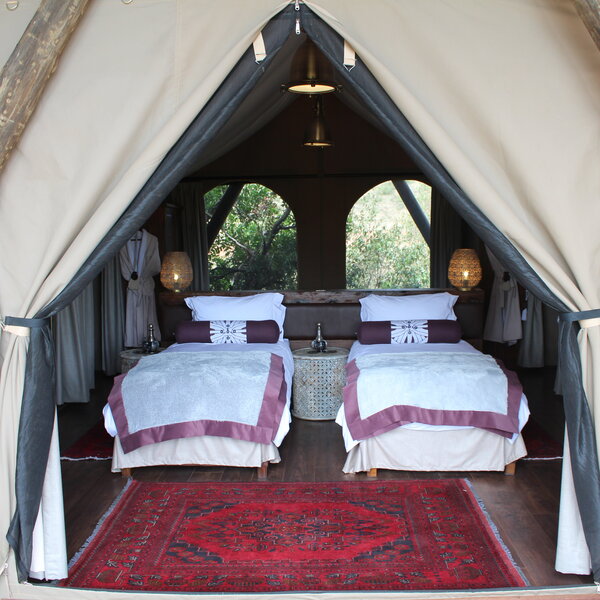
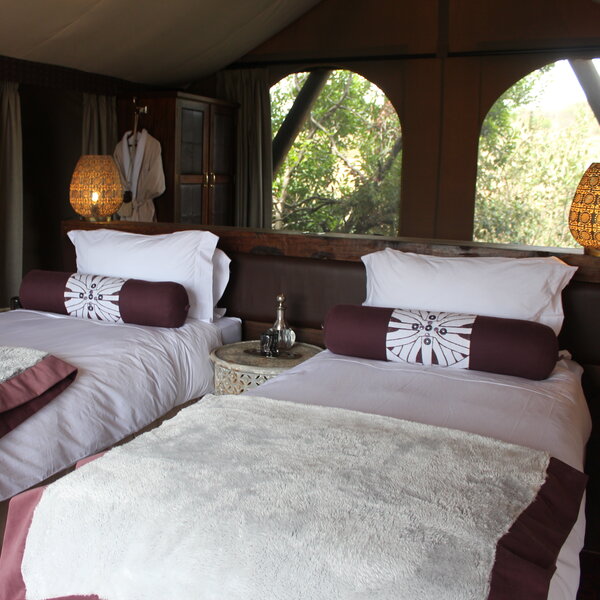
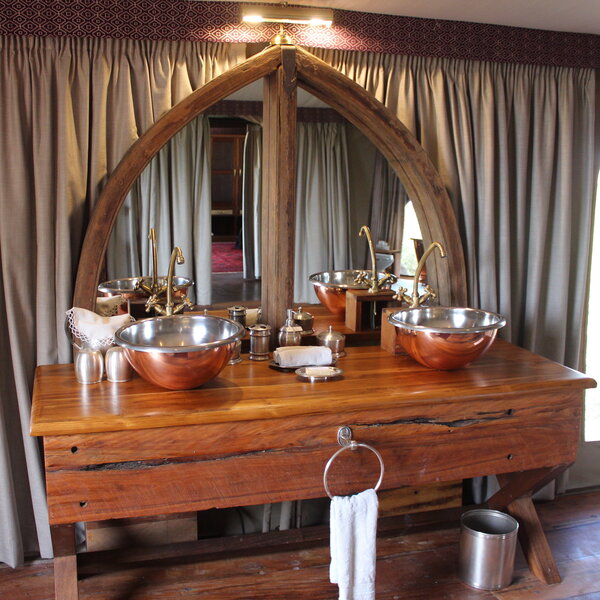
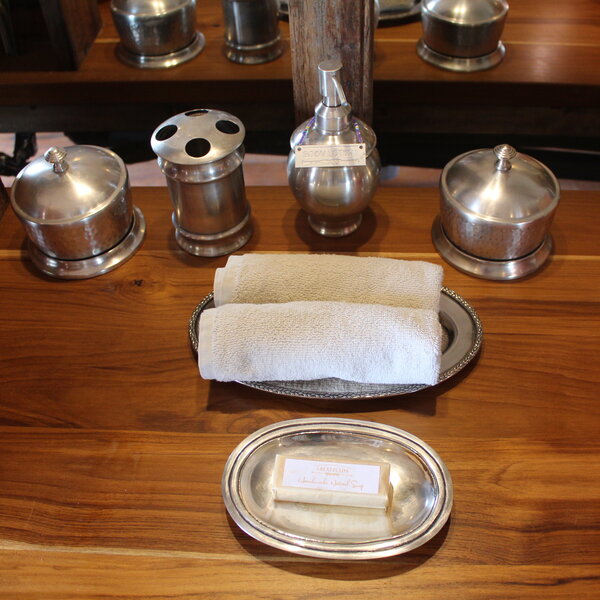
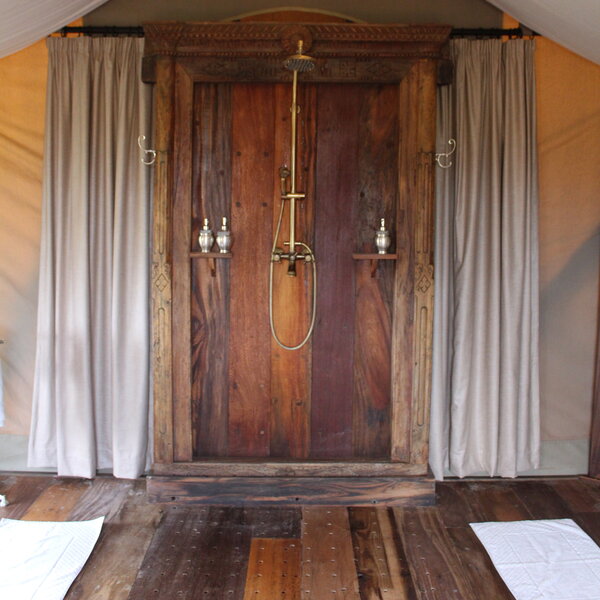
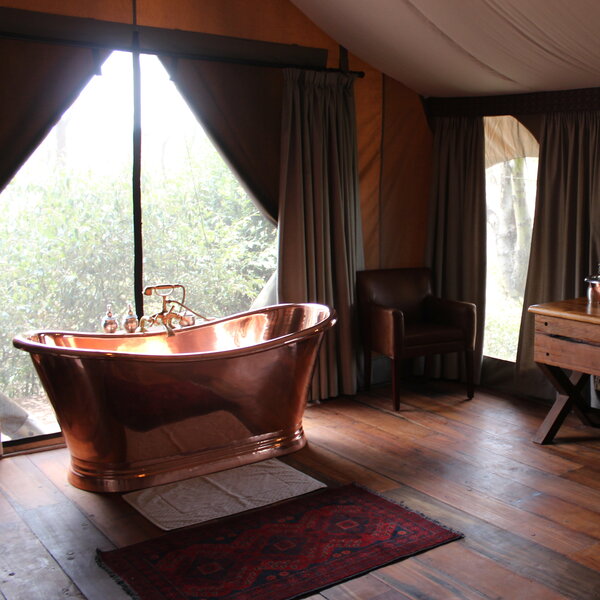
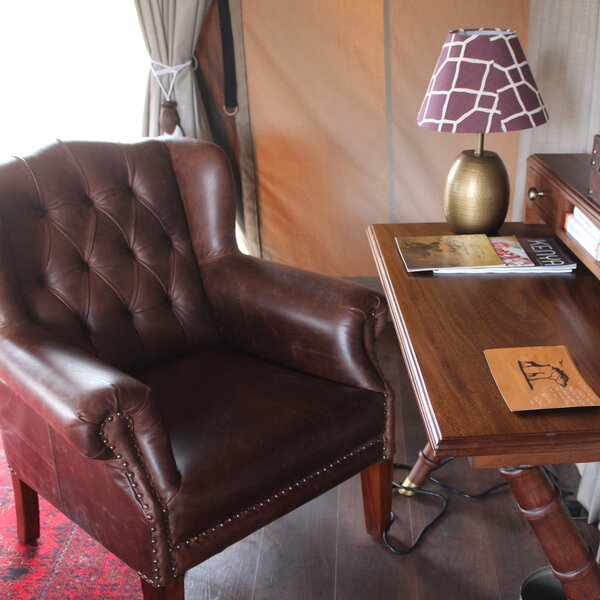
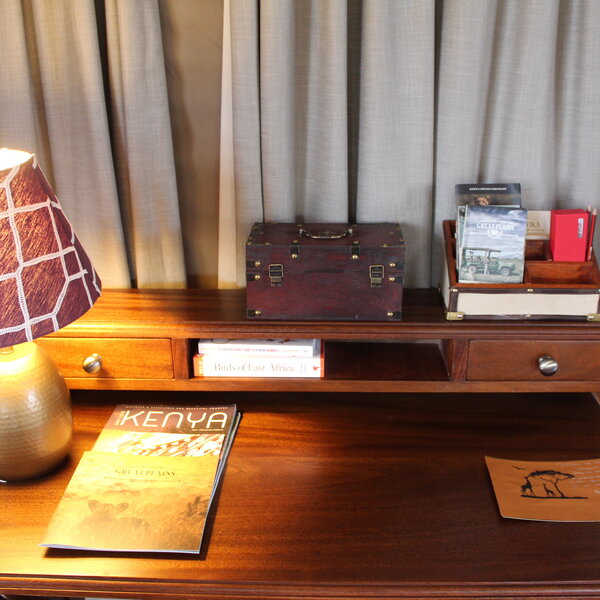
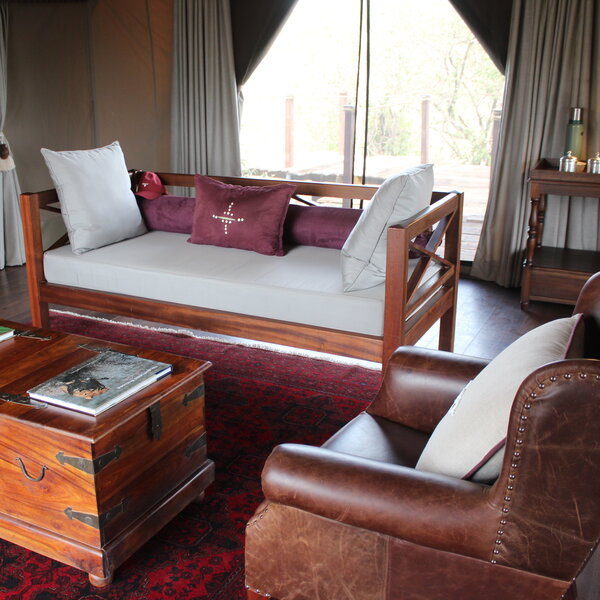
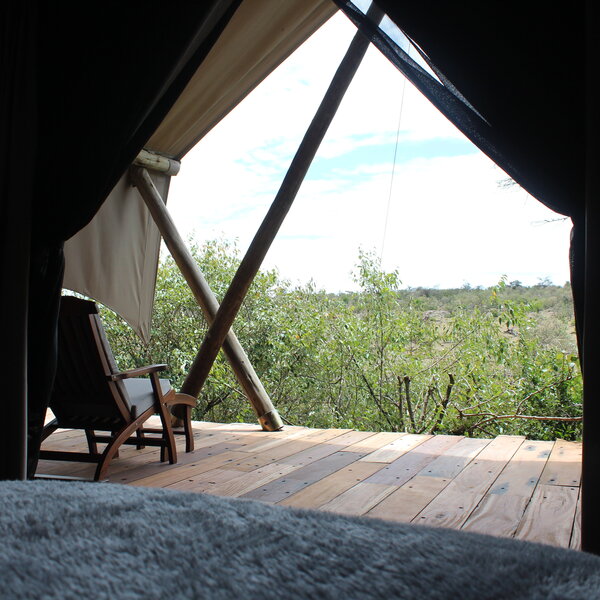
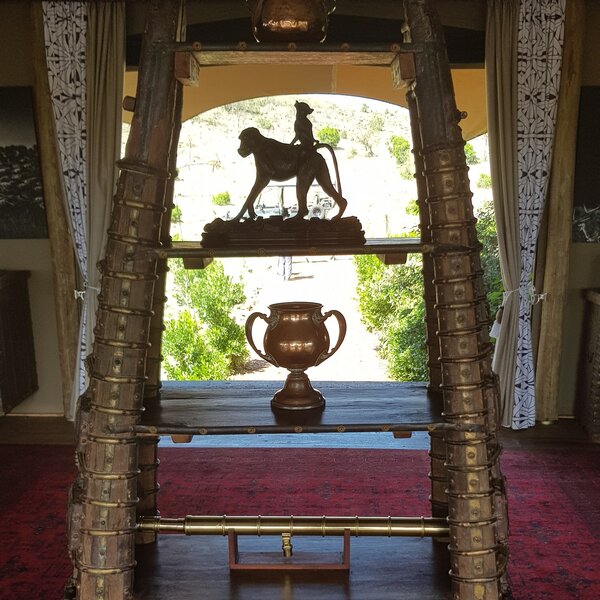
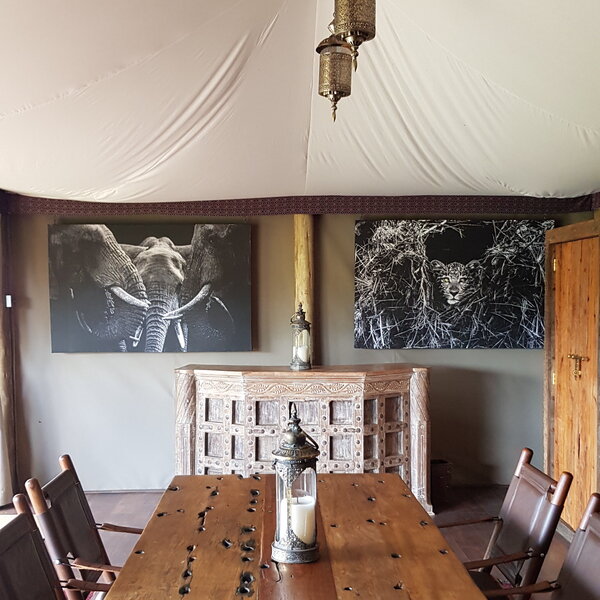
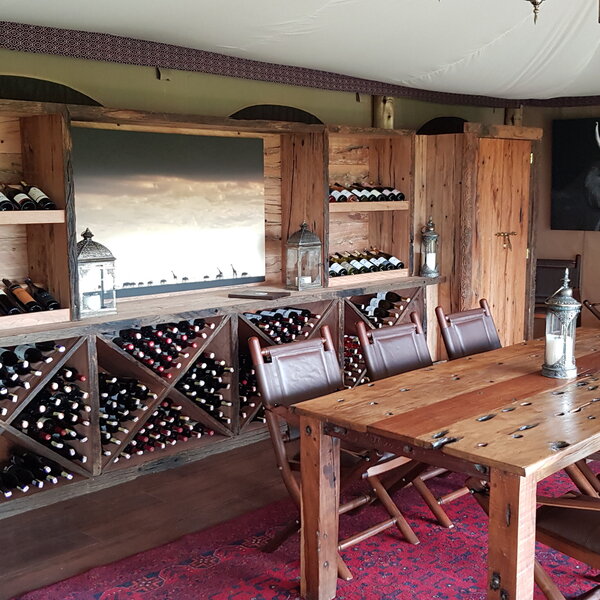
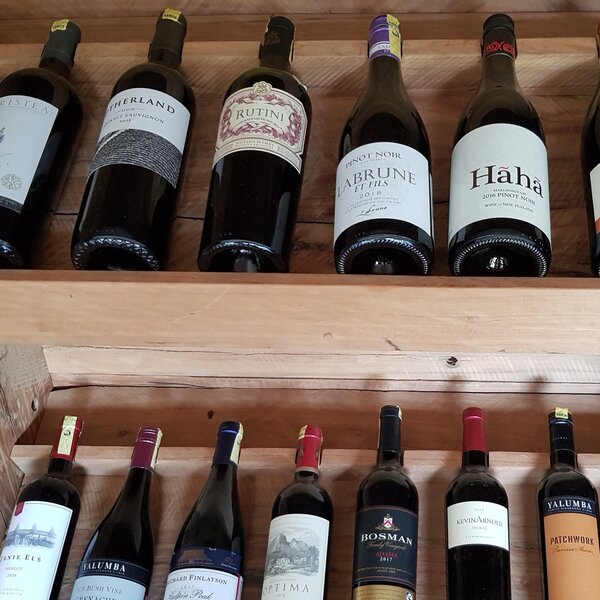
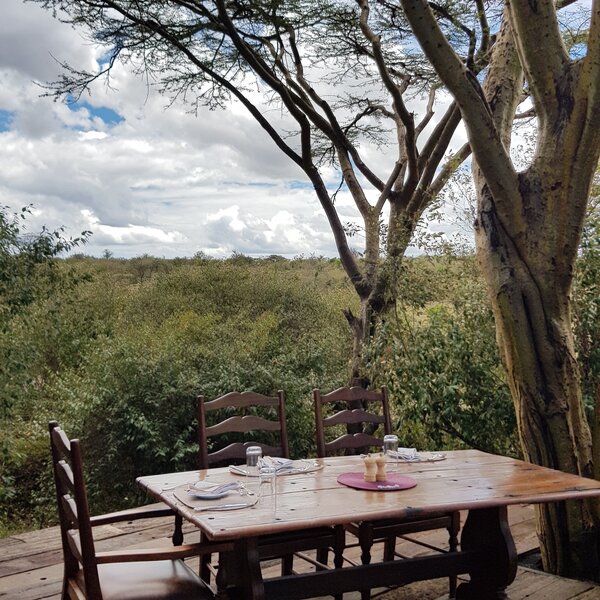
Expert Africa's gallery
When we travel we take lots of photos ourselves to give you a real and un-edited view of the safaris. See our 60 pictures of Mara Nyika to get the candid view.
View galleryMara Nyika: Our full report
Set in a tree-filled valley and raised above a little stream, Mara Nyika is one of the newest camps in the ...
... private 200km² Mara Naboisho Conservancy. Nestled beneath a canopy of umbrella thorn trees, Mara Nyika’s tents are built on a network of raised wooden walkways constructed from old Zambian railway sleepers.
Mara Nyika is the most recent camp built by Great Plains Conservation – a top-quality operation owned by renowned conservationists and filmmakers, Dereck and Beverly Joubert. Also owned by them are Mara Plains, Mara Expedition, and Mara Toto, three sister camps located in the neighbouring Mara Conservancies and National Reserve, as well as Ol Donyo Lodge in the Chyulu Hills, plus various others located in Botswana and Zimbabwe.
Similarly to its Kenyan cousins, Mara Nyika’s interesting design blends traditional safari style with unique and unusual pieces of art from southeast Asia. This combination of cultural design creates a somewhat colonial impression that is evidenced immediately upon approaching the main area. When we last visited, we were struck by the understated opulence of the camp, reminiscent of the old-school grandeur once enjoyed by colonial travellers.
In the main area, the lounge and dining tent’s large curtains are rolled apart to reveal rich leather sofas, canvas director’s chairs, and ornamental wooden chests. Thick rugs line the floorboards and silver-studded shelves gleam in the atmospheric lamplight.
The communal area opens onto wide decking which encompasses the front of the camp and looks out over the surrounding valley. A shop where you can find delightful curio items and a well-stocked wine cellar where you can select the evening’s wine can be found either side of the main area.
Bordered by rope-handles, the elevated wooden walkway then leads on to four guest tents which can be configured to accommodate either double or twin beds. Each of these standard guest tents is made up of three connecting tents and feels more akin to a spacious private suite than a tent: a lounge area recedes into a bedroom, which in turn has a bathroom beyond. The fifth guest tent is a 2-bedroom family tent, consisting of two identical bedrooms connected by a central lounge. The final addition to the camp is the Sambuk Suite, a vast suite with a double and twin bedroom connected by a central lounge, and two en suite bathrooms either side of the bedrooms. The Sambuk Suite also boasts a large outdoor decking area equipped with exercise bike and a refreshing infinity pool overlooking the plains.
As in the communal area, colourful rugs line the floor and patterned storm lanterns throw dappled lighting across the walls. The beds are made up with soft linens and complimentary dressing gowns hang from polished hooks on the wardrobes. At the front of the tent, more decking with seating opens onto spectacular views across the plains.
Despite the bedroom’s comfort and the entrance’s brilliant views, in many ways it is the bathrooms that feel the most impressive in this camp. They feature enormous, standalone, copper bathtubs that sit beside an insect-screen-covered, floor-to-ceiling window, allowing you to take in the view while having a soak. Two matching brass basins, signature across Mara Nyika's sister-camps, sit in front of a large mirror and numerous thoughtful touches, such as the silver plugs which look like swimming hippos or roaring lions when the basins are filled, help bring the room alive.
To further enhance the sense of luxury, all the guest tents are equipped with a range of additional accessories. They each include a tea and coffee station; a writing desk; a pair of Swarovski binoculars and a Canon camera and lens which you are welcome to take with you on game drives. Your images are then downloaded onto a memory stick for you to take away when you depart. Then, for those who wish to attempt to burn off their delicious meals, yoga mats and weights are also found within the room, with an exercise bike located on the outdoor decking
As well as day-time safari drives, several other safari activities are on offer. Mara Nyika provides the opportunity to seek nocturnal predators during night drives with infrared equipment, whilst balloon flights are also available to book and provide a different perspective. Local village or school visits can also be arranged for some engagement with the region’s Maasai culture.
As at all Great Plains’ camps, the small team of guides here are truly first-class. Their knowledge of the local flora and fauna is evident throughout each of their drives and we found our guide’s warm personality and interesting conversation a real joy.
Activities
4WD Safari
Birdwatching
Cultural excursion
Hot air ballooning
Night drive
Private activities
Families & children
- Attitude towards children
- Mara Nyika has a fairly adult atmosphere but welcomes children from the age of 6.
- Property’s age restrictions
- 6, apart from when booking the Sumbak Suite or camp on an exclusive-use basis.
- Special activities & services
- Children can take part in the Great Plains Young Explorers programme which includes a range of activities that are meant to be entertaining and will educate them about conservation. The Mara Nyika team will adapt activities to suit the needs of children.
Activities can include: painting; Maasai beading; kite flying; a bush survival skills course; and learning how to put those skills to the test by living like a warrior.
Children also get a Great Plains Young Explorers pack to take away with them, which contains items such as an animal tracking book, information on Swahili vocabulary, and facts on the local flora, fauna and night sky. - Equipment
- There is no special equipment, but the camp has two new family tents.
- Generally recommended for children
- Mara Nyika definitely has an adult vibe to it, so we do not think it would suit very young children. Younger families could, however, book the camp on an exclusive basis or be based in the separate family tents.
- Notes
- The camp is unfenced and children must be supervised at all times.
Food & drink
- Usual board basis
- Full Board & Activities
- Food quality
- Everything about Mara Nyika’s dining experience is excellent, from the food’s quality and presentation to its flavour and creativeness.
The camp’s chefs are highly trained professionals and approach each meal with considerable culinary flair, able to cater to all dietary requirements when given advance notice.
Meal arrangements are flexible, allowing you to eat out in the bush so as to extend the morning’s drive or to take packed lunches on full day drives. Back in camp, the main area includes a dining table and various smaller tables spread across the surrounding decking, allowing you to eat in private or with the other guests. Private dining can also take place on the decking outside your tent if you request it.
The camp’s breakfast generally includes a cold buffet as well as hot options which are cooked to order. The chefs can whip up healthy smoothies whilst daily specials, such a green shakshuka or pancakes, add further variety to what is already quite an extensive range of options.
Lunch in camp includes a lovely selection of dishes which are laid out for guests to help themselves to. There is always fresh bread and a variety of salad options which are wonderfully healthy. Picture a mixture of beetroot, avocado, grains, and delicious dressings. Lunch is usually accompanied by a cheeseboard and either grilled meat or fish with tasty sauces.
For dinner, Mara Nyika has a set dinner menu, with interesting alternatives available for vegetarians. When we last visited we particularly enjoyed seared steak with carrots, green beans and a rich, sweet garnish. They additionally have a lighter 'supper menu' including options such as vegan grain bowls, for those who would prefer a less substantial meal. - Dining style
- Mixture of group dining and individual tables
- Dining locations
- Indoor and Outdoor Dining
- Further dining info, including room service
- Mixture of group dining and individual tables
- Drinks included
- All drinks available in camp are included in the rates, including premium brand spirits and Champagne.
Our travellers’ wildlife sightings from Mara Nyika
Since mid-2018, many of our travellers who stayed at Mara Nyika have kindly recorded their wildlife sightings and shared them with us. The results are below. Click an animal to see more, and here to see more on our methodology.

100% success

100% success

100% success

100% success

100% success

100% success

100% success

100% success

100% success

0% success

0% success

0% success

0% success

0% success

0% success

0% success
Getting there
- Location
- Maasai Mara Conservancies, Kenya
- Ideal length of stay
- Stay for 3-5 nights to explore the Mara Naboisho Conservancy and the Maasai Mara National Reserve itself.
- Directions
- Naboisho (Ol Seki) airstrip, for schedule light aircraft flights, is only about 40 minutes away.
- Accessible by
- Fly-and-Transfer
Special interests
- Honeymoons
- Mara Nyika is an exclusive and romantic camp with lots of thoughtful touches that would help make a honeymoon feel extra special – for example the big copper bathtubs and the private decks, overlooking the sweeping plains of the Maasai Mara.
- See ideas for Honeymoons in Kenya
- Photography safaris
- Mara Nyika equips each guest tent with a Canon camera, including 100-400mm and 24-70mm lenses for complimentary use. Your images will be downloaded onto a memory stick for you to take away with you at departure.
- See ideas for Photography safaris in Kenya
- Luxury safaris
- Although understated, Mara Nyika is undeniably luxurious. Beautiful design, well prepared meals and top-quality guiding help make for a very well-rounded experience, while the camp’s small size and location on a private conservancy allow for real exclusivity.
- See ideas for Luxury safaris in Kenya
Communications
- Power supply notes
- All the tents have 24-hour electricity and British style 3-pin sockets. The camp has an extremely impressive bank of solar panels that work even on cloudy days, so the back-up generator is very rarely required.
- Communications
- There is very good WiFi inside the guest tents, though not in the communal areas.
- TV & radio
- No
- Water supply
- Borehole
- Water supply notes
- Plumbed-in hot water is available 24/7 and bottled drinking water is provided in the tents.
Health & safety
- Malarial protection recommended
- Yes
- Medical care
- Mara Nyika has a first-aid kit on site which the managers and some of the guides are trained to use. They also have first-aid kits in the vehicles. In an emergency, they would contact the flying doctors and a a helicopter could easily land at the camp.
- Dangerous animals
- High Risk
- Security measures
- There is a guard on duty during the day, and at night guests are escorted by guards between the main area and their tents. An iPad is available in every room with the camp manager and guides' phone numbers pre-loaded so you are able to contact them with additional requests or in case of an emergency.
- Fire safety
- The camp has fire extinguishers outside all rooms and they organise regular fire drills. There is also a firebreak around the camp.
Useful info
- Disabled access
- Not Possible
- Laundry facilities
- A full laundry service is included in the rates, including ladies underwear. A white bag is provided inside the washing baskets for ladies' delicates to be placed in for the laundry team. Washing powder is also provided in the rooms.
- Money
- There are safes in all the rooms.
- Accepted payment on location
- Payment for any extras is accepted in US dollars, pounds sterling, Euros or Kenya shillings, either in cash or using a MasterCard or Visa, with a 3.5% surcharge.
Plan and book your trip with Expert Africa
All of our trips are tailor-made, so we'll always adapt them to suit you. Talk to an Expert and let us plan and arrange your perfect trip.

Talk to an Expert
Call or email us now! We’ll match you with the Specialist in our team who is best suited to help you. Then together we can start planning your trip.

Set up your itinerary
Based on our experience and your ideas, your specialist will create a detailed, costed itinerary. We’ll refine it together, until we have a trip that you’re perfectly happy with.

Prepare for your trip
The same Specialist will make the seamless arrangements for your trip, send you detailed travel documents, and be available to answer any questions before you depart.

Travel with peace of mind
After you set off, you’ll be cared for by our partners in Africa, most of whom have worked with Expert Africa for decades. And if you ever need us urgently, we’re available 24/7.

When you return
We love to learn about your trip, and so will always be grateful if you’ve the time to give feedback to your Specialist when you return.
Mara Nyika's location
Look closer at the environment and surroundings of Mara Nyika.
Excursions from Mara Nyika
Optional extra day-trips and excursions possible whilst you're staying at Mara Nyika. Talk to us: these are usually best arranged before you go.
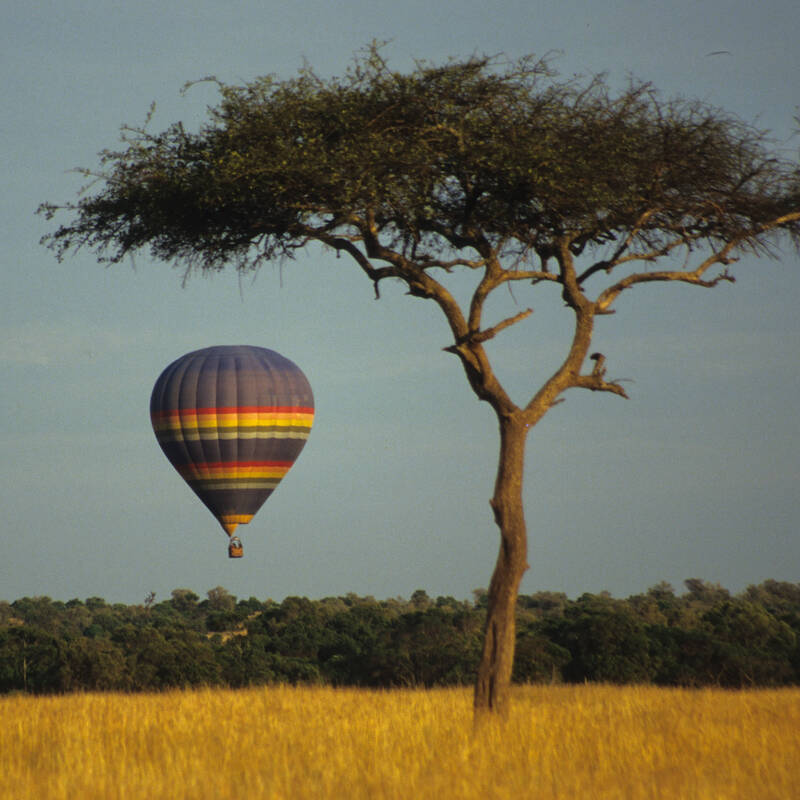
Balloon flight over the Mara
3 hours in total - morning only
With the sun rising over the Loita Hills, you scramble into the balloon basket for the start of a once-in-a-lifetime experience. You’re about to go drifting with the breeze above the trees and plains of one of the world’s greatest wildlife regions.
More about Balloon Safari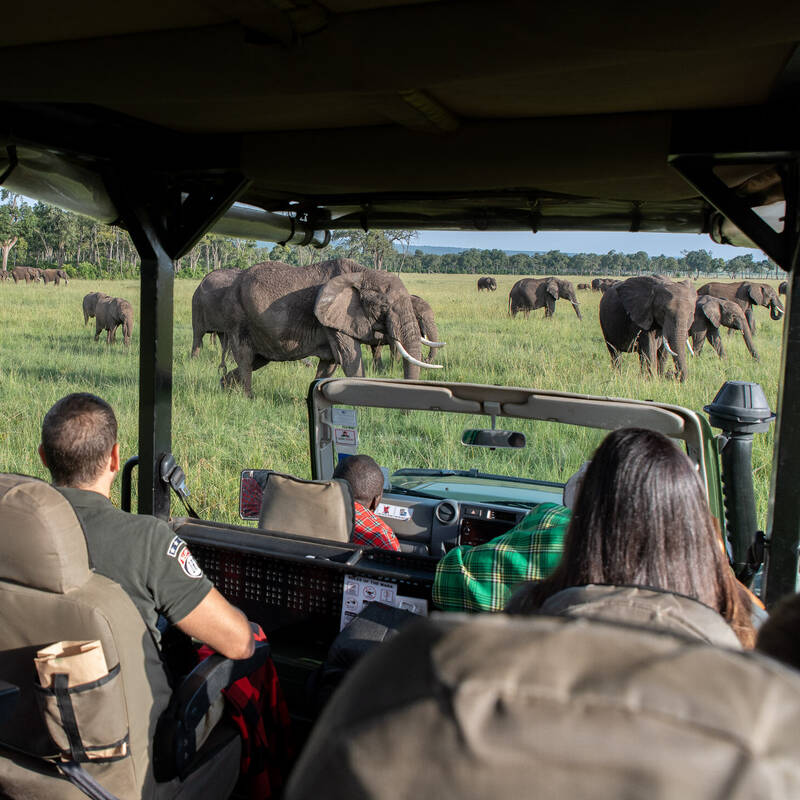
Safari in Maasai Mara National Reserve
All day from sunrise to sunset
If you're not staying in the Maasai Mara National Reserve itself, you're likely to be staying in one of the outstandingly wildlife-rich Maasai-owned private conservancies just outside the reserve boundary. A full-day game drive in the reserve gives you the chance to visit the Mara River and see some of the reserve's fabled wildlife locations.
More about Maasai Mara SafariOther lodges in Maasai Mara Conservancies
Alternative places to stay in this same area.
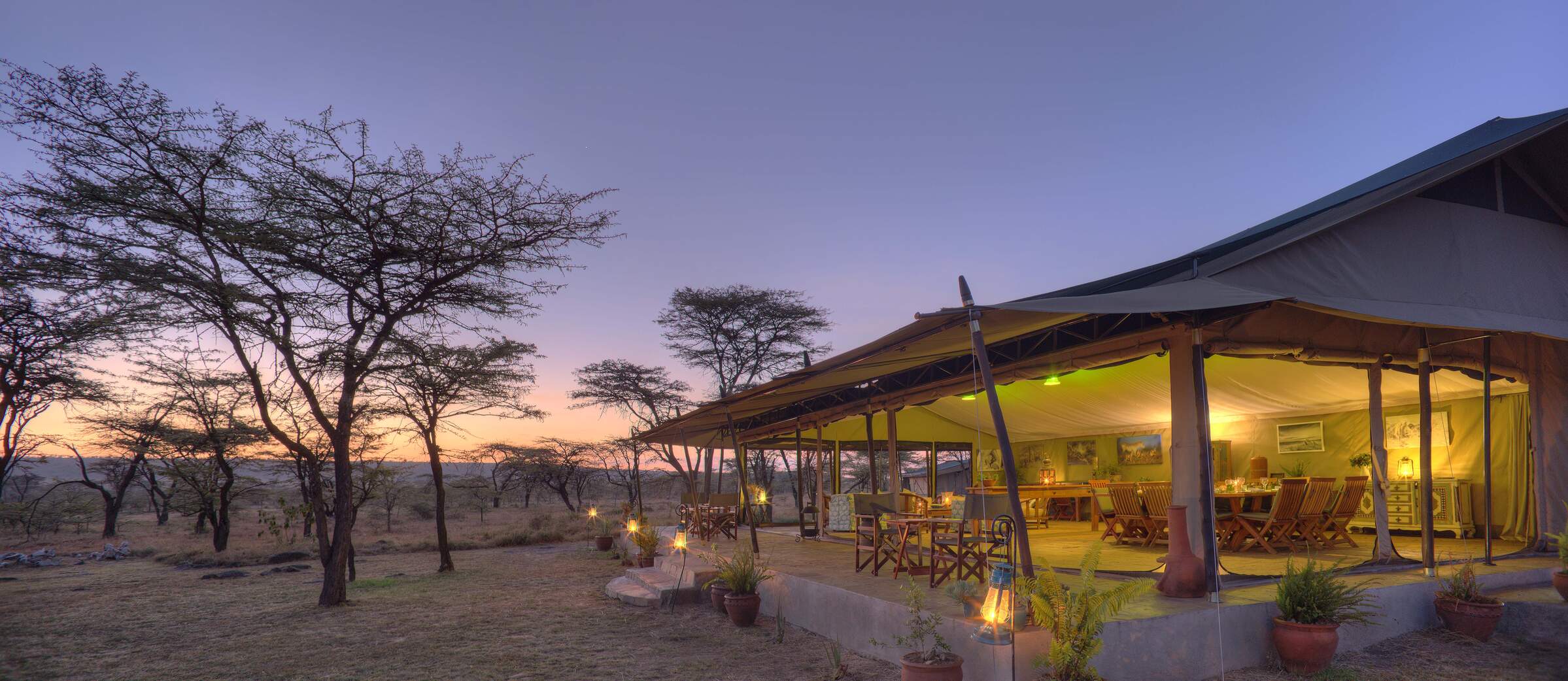
Kicheche Bush Camp
Kicheche Bush Camp is a smart and intimate tented camp with a relaxed atmosphere and the perfect base in the Mara for keen photographers.
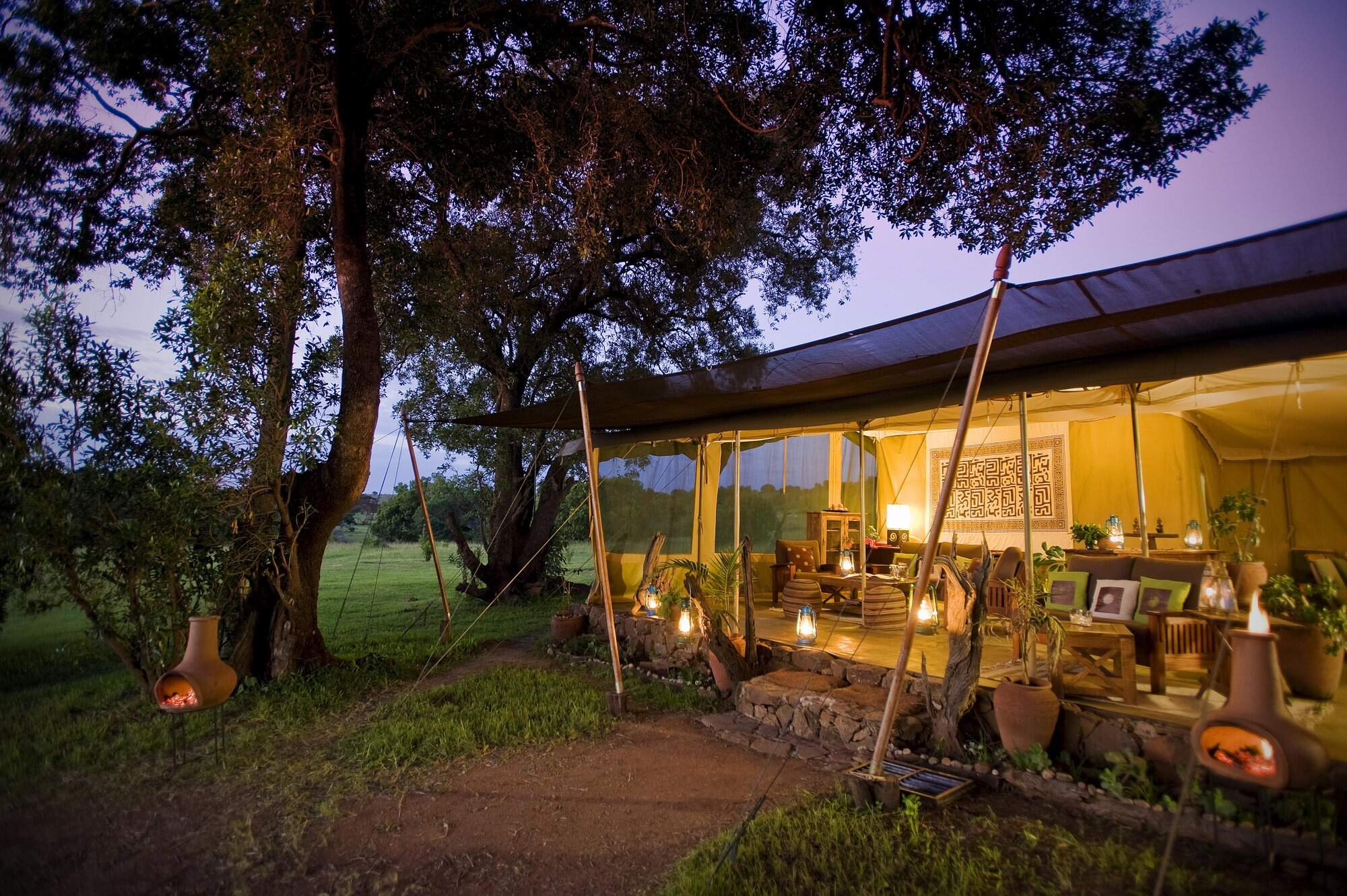
Kicheche Mara
Kicheche Mara Camp has just ten tents and a rustic and comfortable feel. It is set by a stream in a pretty area of the Mara ecosystem's Mara North Conservancy.
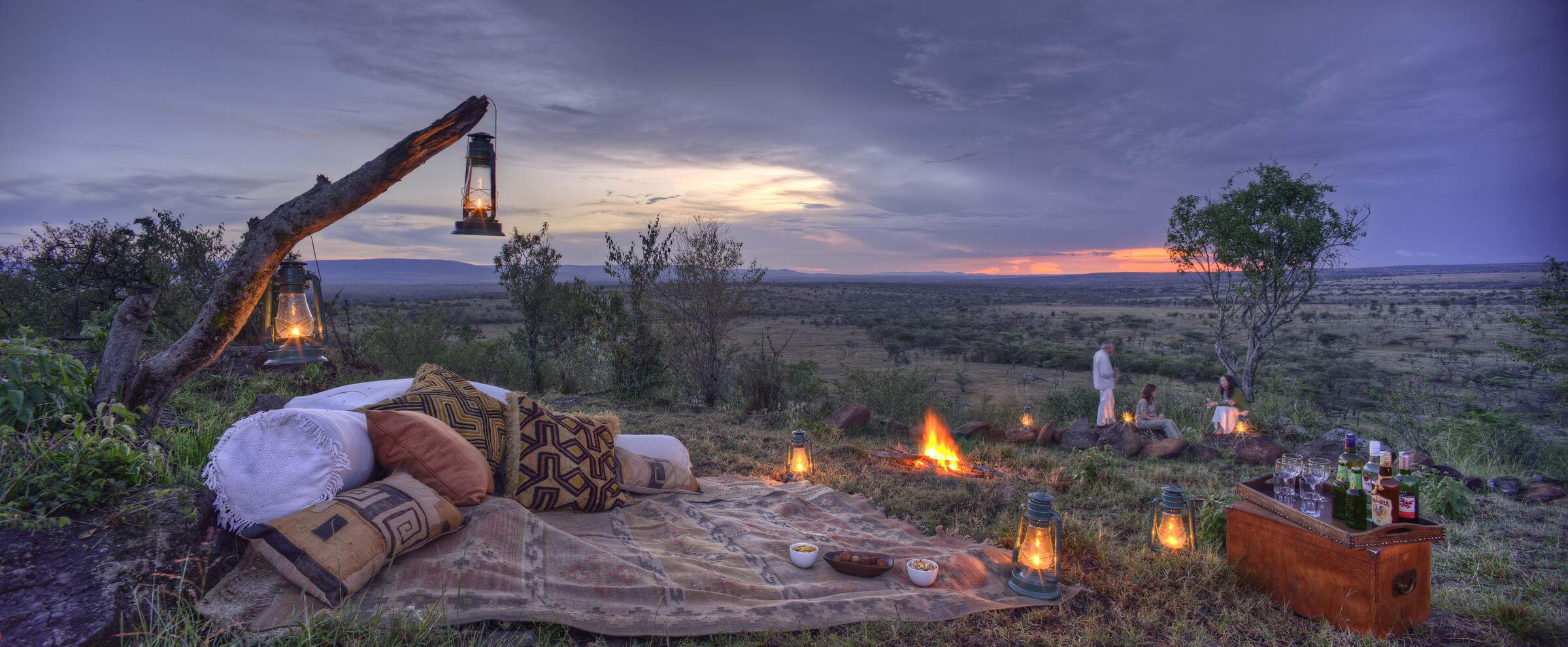
Kicheche Valley
Kicheche Valley is a boutique tented camp in a wooded district of the Mara ecosystem's Naboisho Conservancy, with plenty of wildlife in the area.
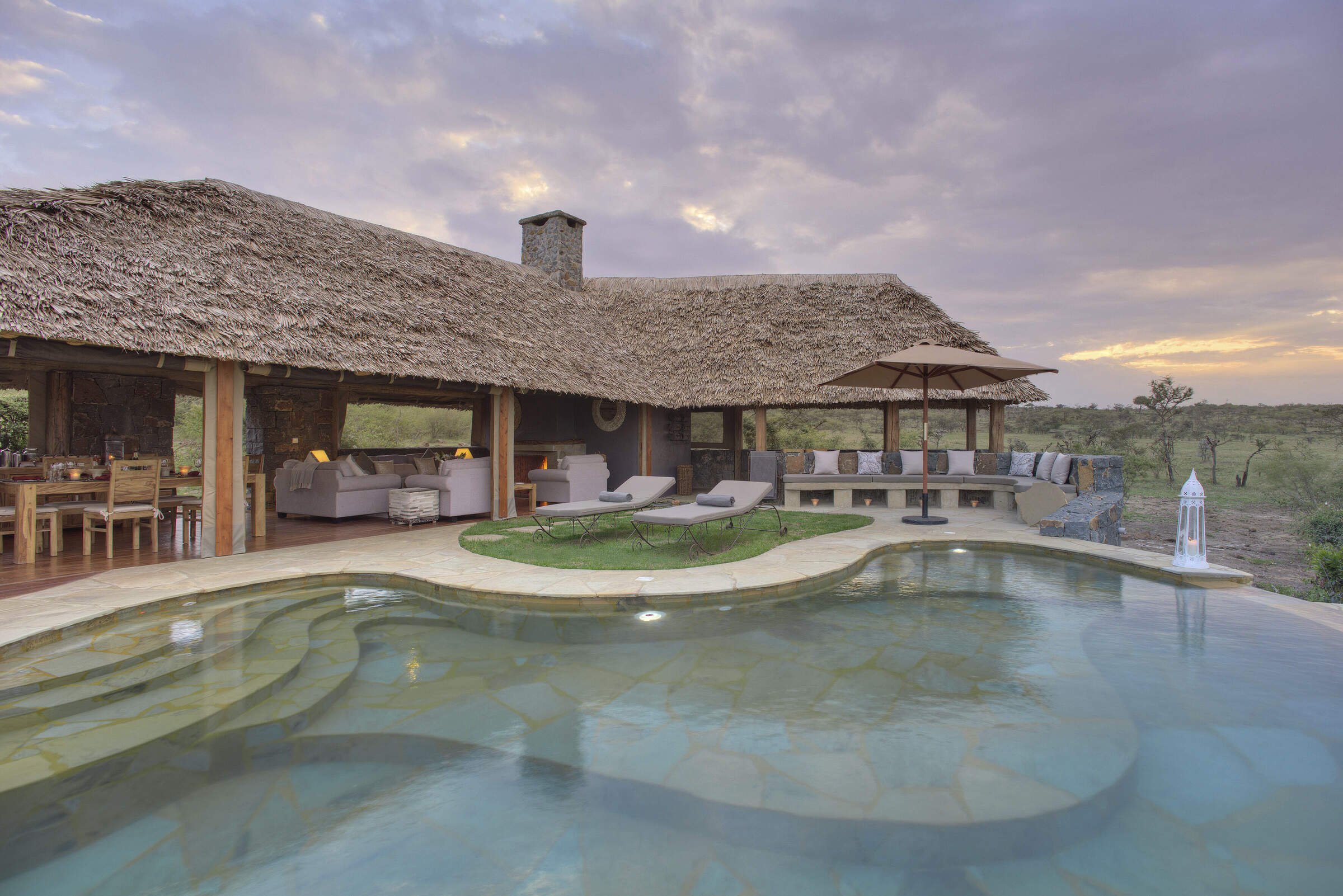
Naboisho Camp
Naboisho Camp is one of the most luxurious of the handful of camps in the Naboisho Conservancy. It offers day and night game drives, game walks and full creature comforts in the bush.
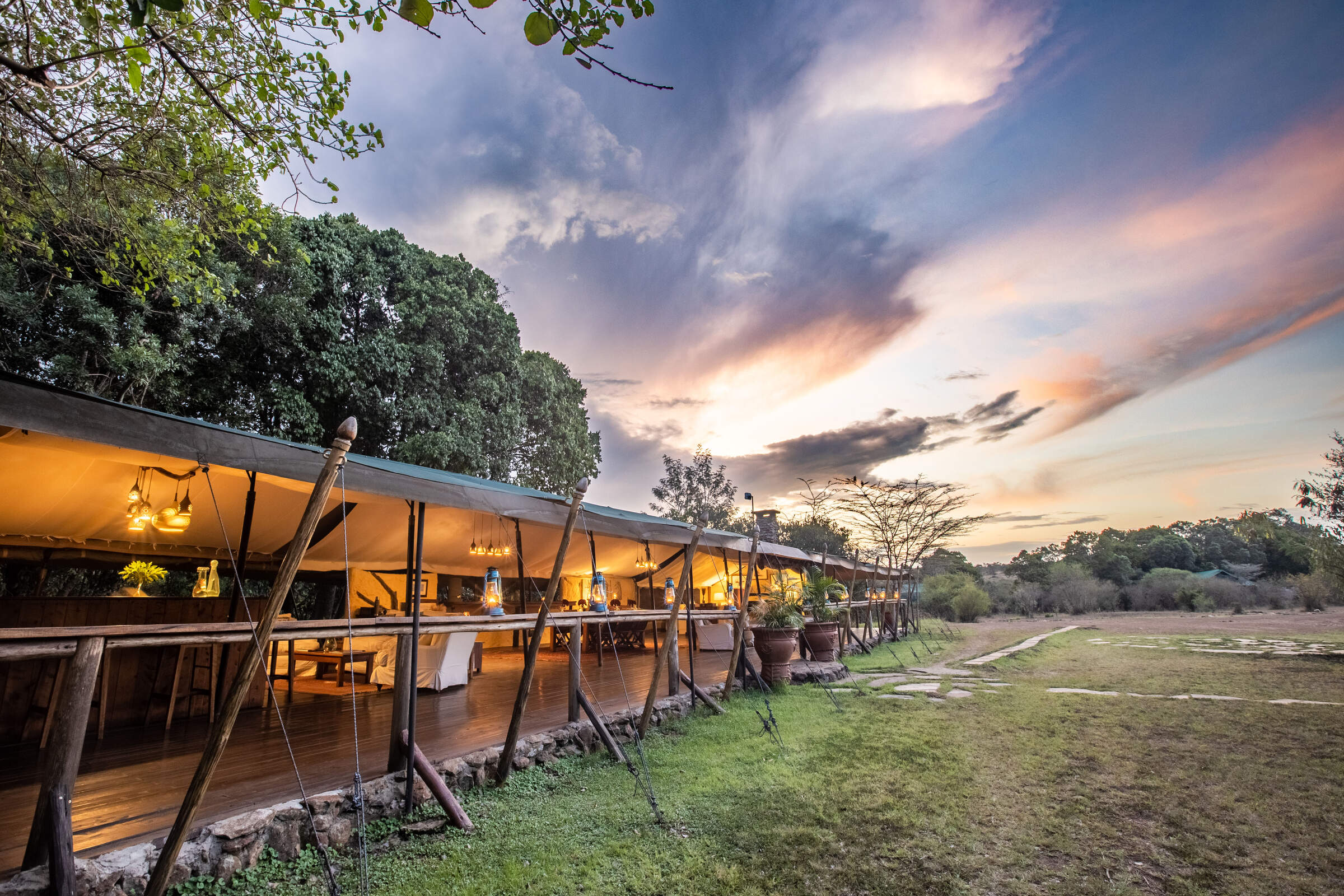
Offbeat Mara
Offbeat Mara is a small traditional camp that appeals to safari traditionalists, located in one of the Maasai Mara’s quiet conservancies.
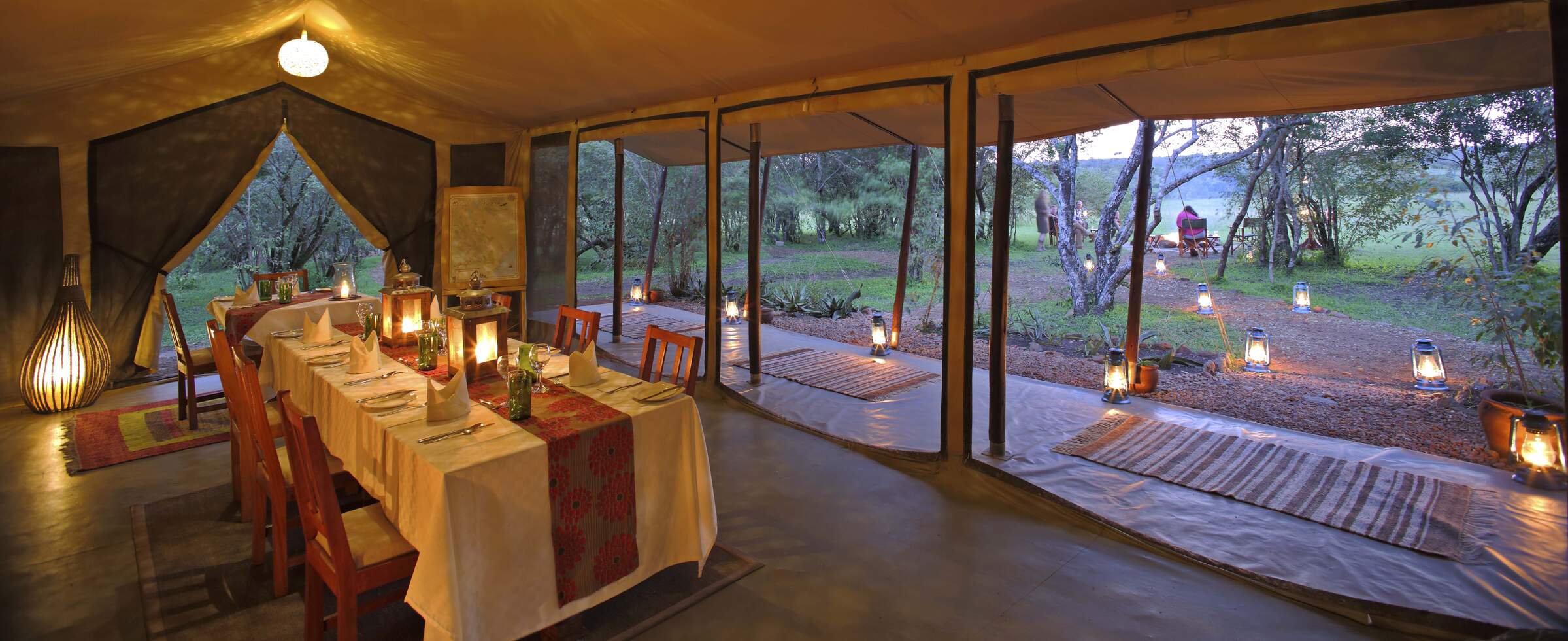
Encounter Mara
Encounter Mara is located in the private Naboisho Conservancy – a game-rich area of the Mara ecosystem – and offers a contemporary take on the traditional, low-impact luxury safari camp.
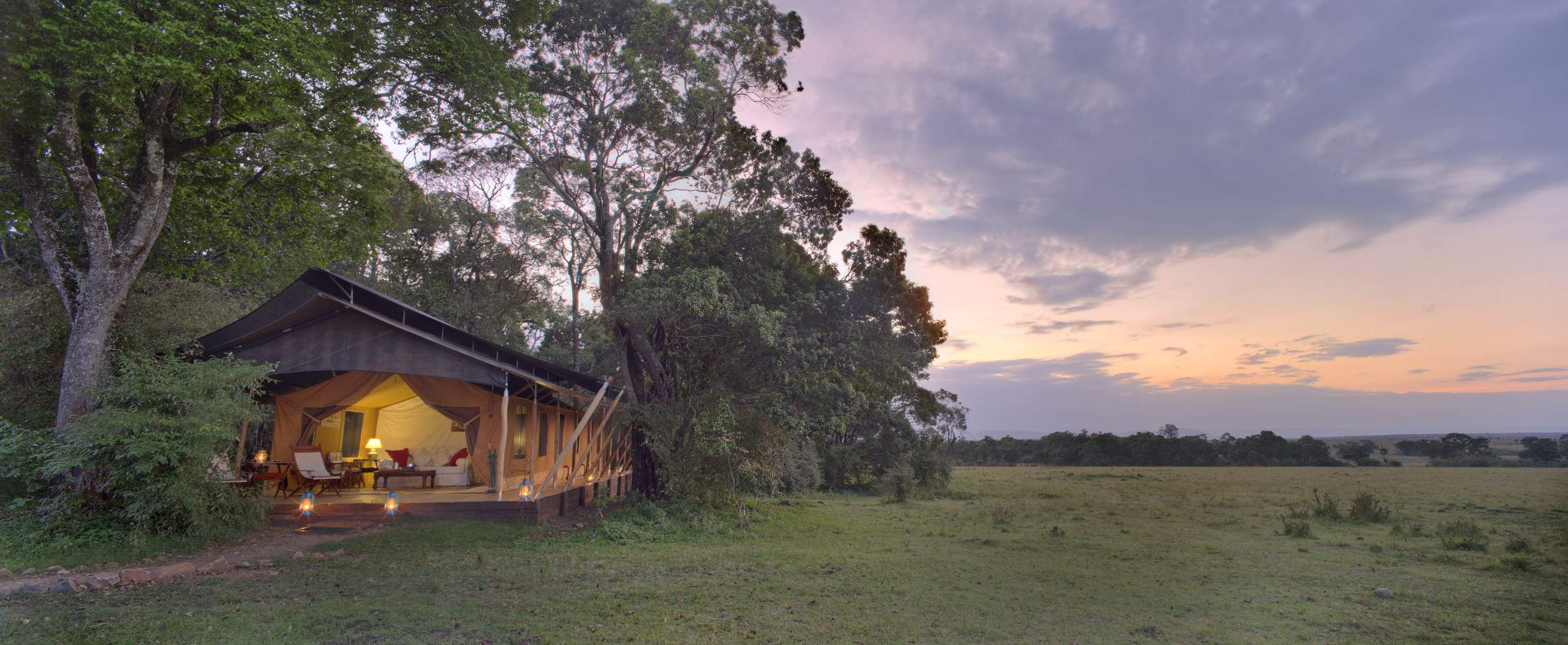
Elephant Pepper Camp
Elephant Pepper Camp is a small 10-tent bush camp, put together in the traditional "campaign" style, and including a large honeymoon/family tent.
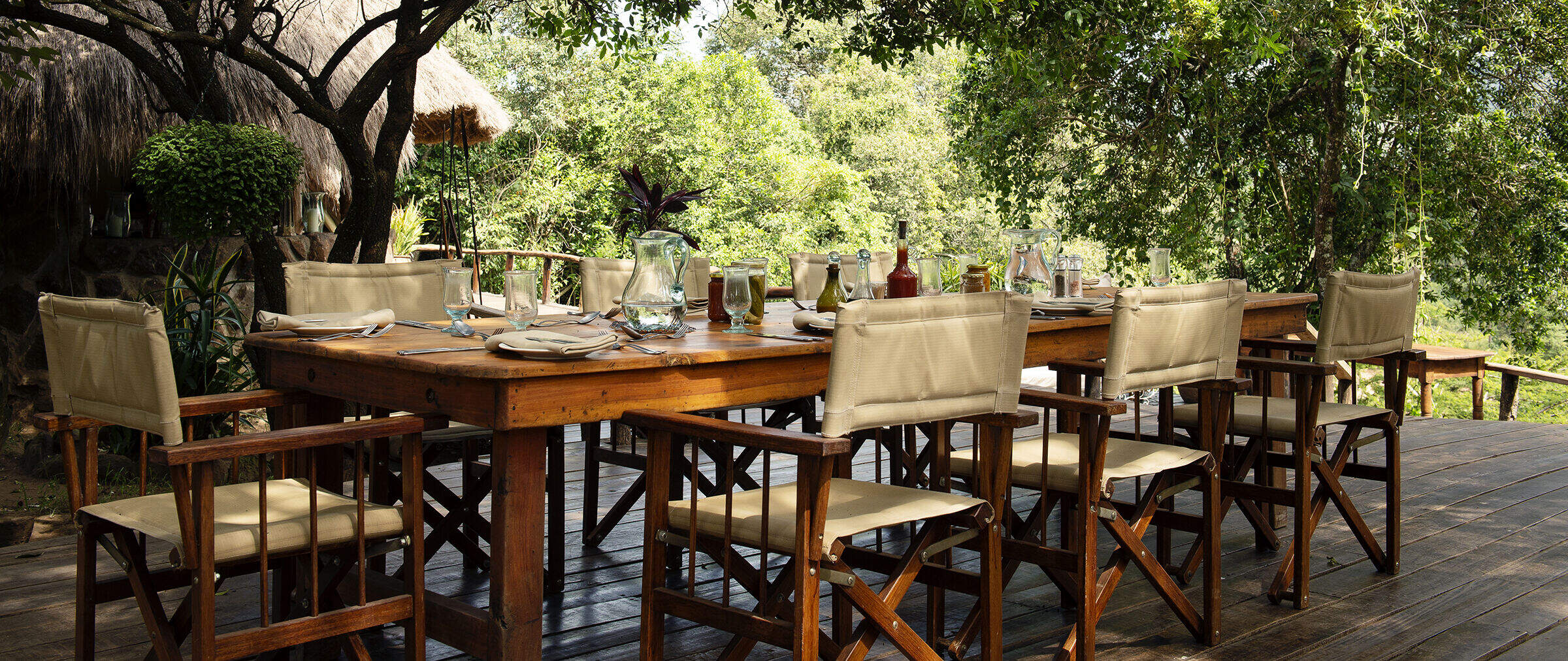
Serian
Serian is a luxury tented camp on the east bank of the Mara River in the Mara North Conservancy. It is the sister camp of Ngare Serian, on the west bank.
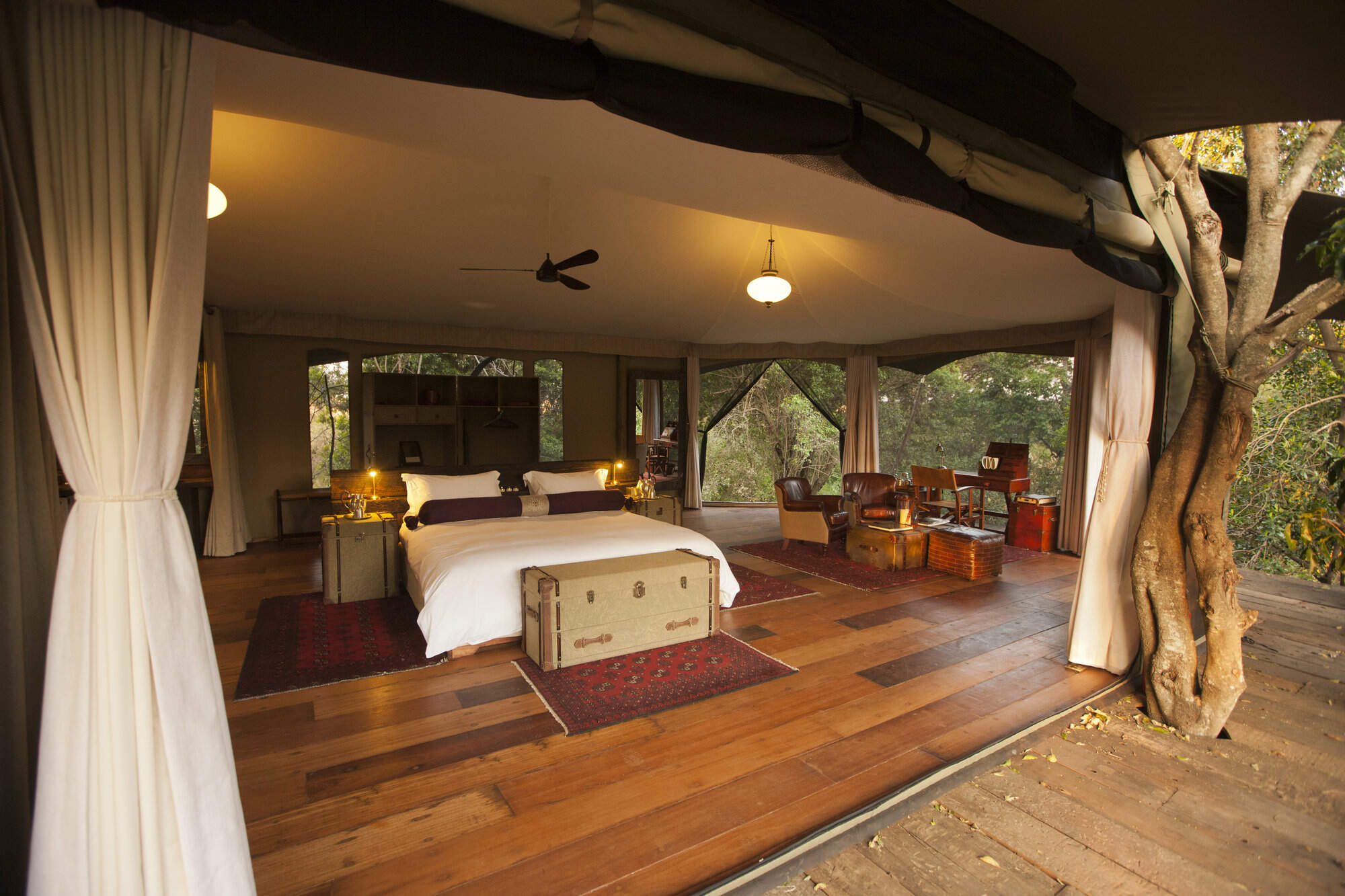
Mara Plains Camp
Mara Plains is one of the very best camps in the Mara ecosystem. Located in the Olare Motorogi Conservancy, just outside the Mara reserve, it has access to three wildlife-viewing areas.
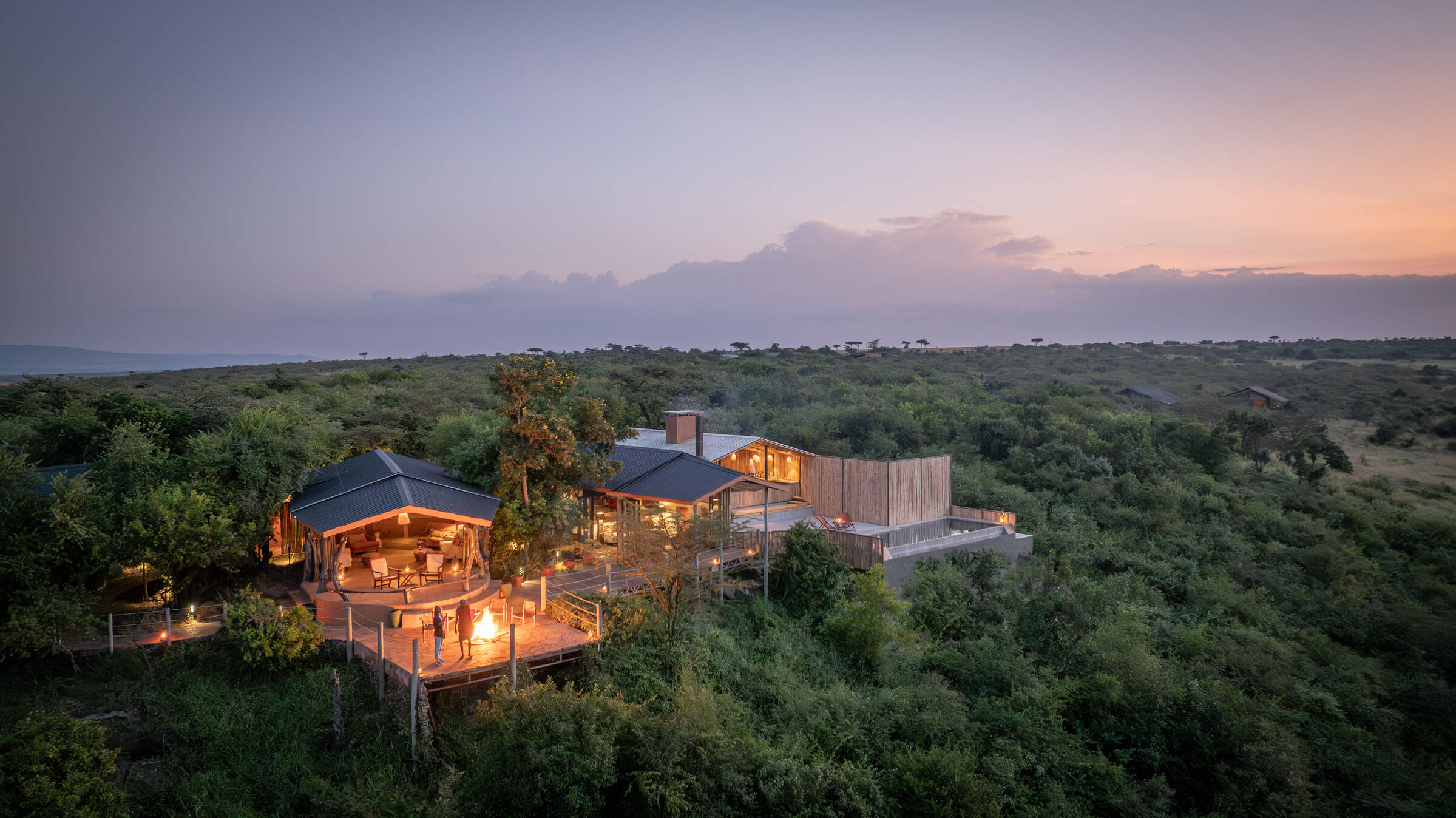
Basecamp Eagle View
Basecamp Eagle View is a community-focused safari camp in the Naboisho Conservancy, with a strong emphasis on responsible tourism and a spectacular location.
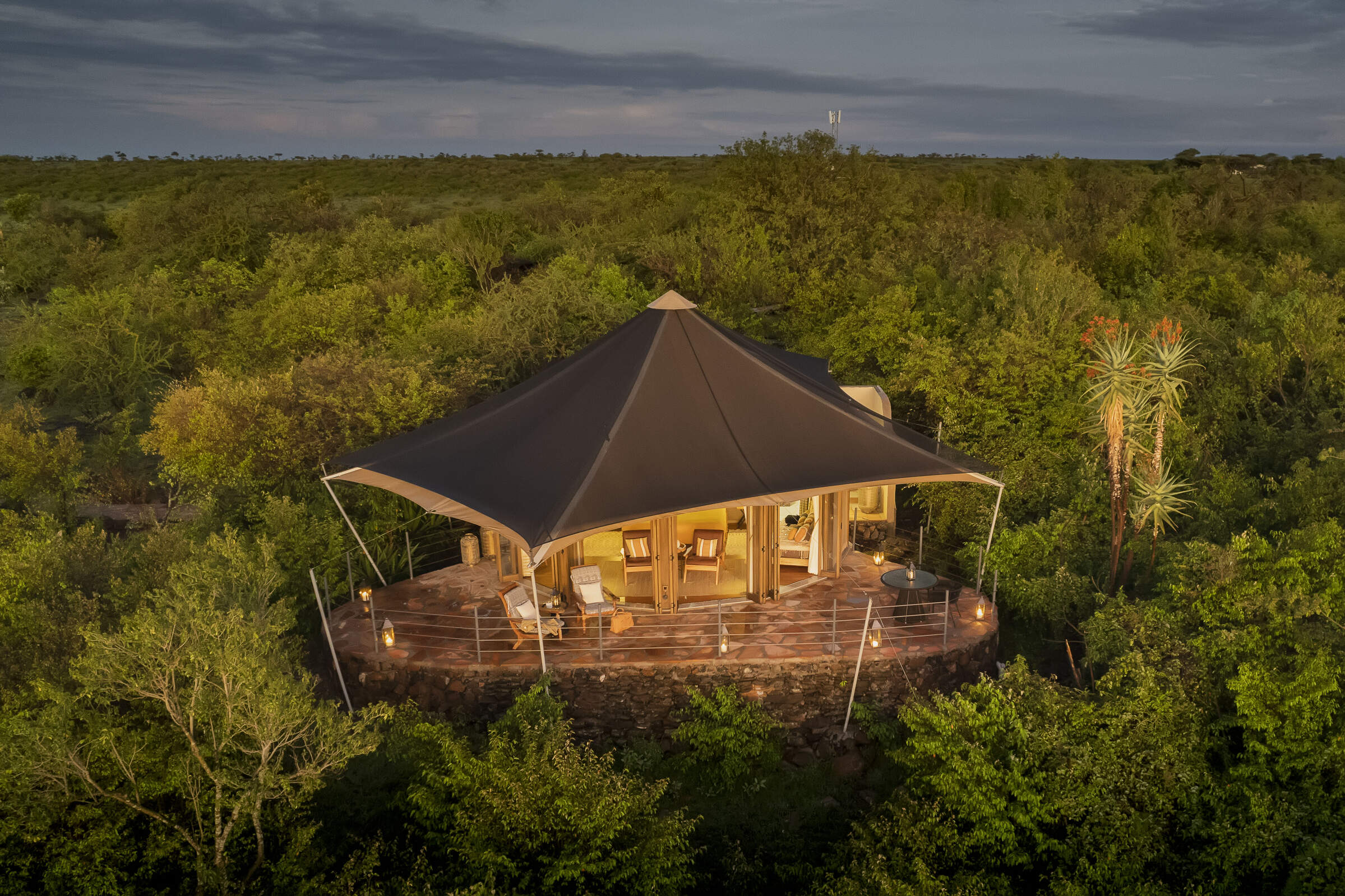
Hemingways Ol Seki
Magnificently located tented lodge on a bluff looking south across the Naboisho Conservancy toward the Maasai Mara National Reserve.
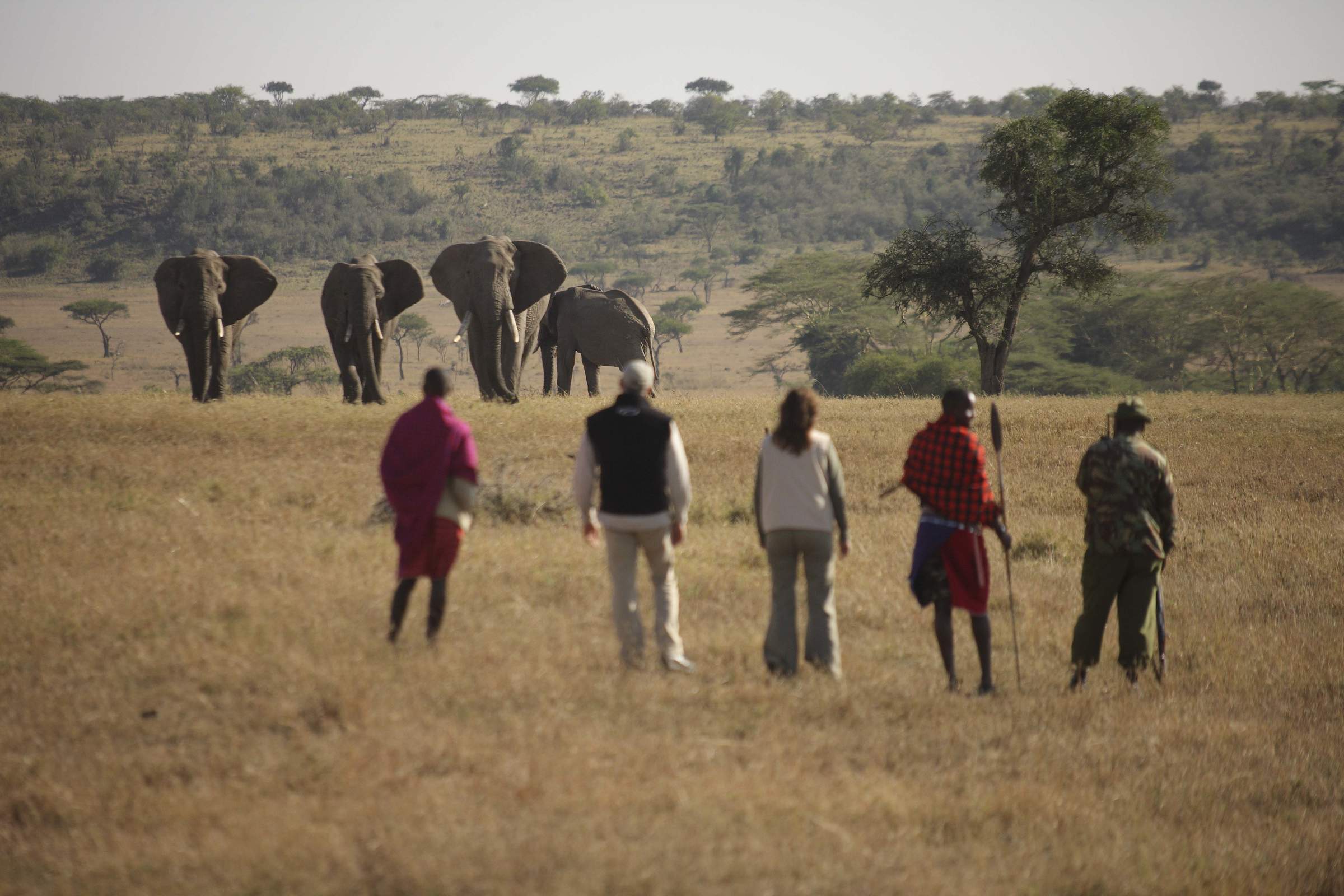
Kicheche Fly Camp
Kicheche Walking Wilderness Fly Camp is a temporaray dome tent camp set up for participants in Kicheche's two-day walking safari between Kicheche Valley and Kicheche Bush Camp.
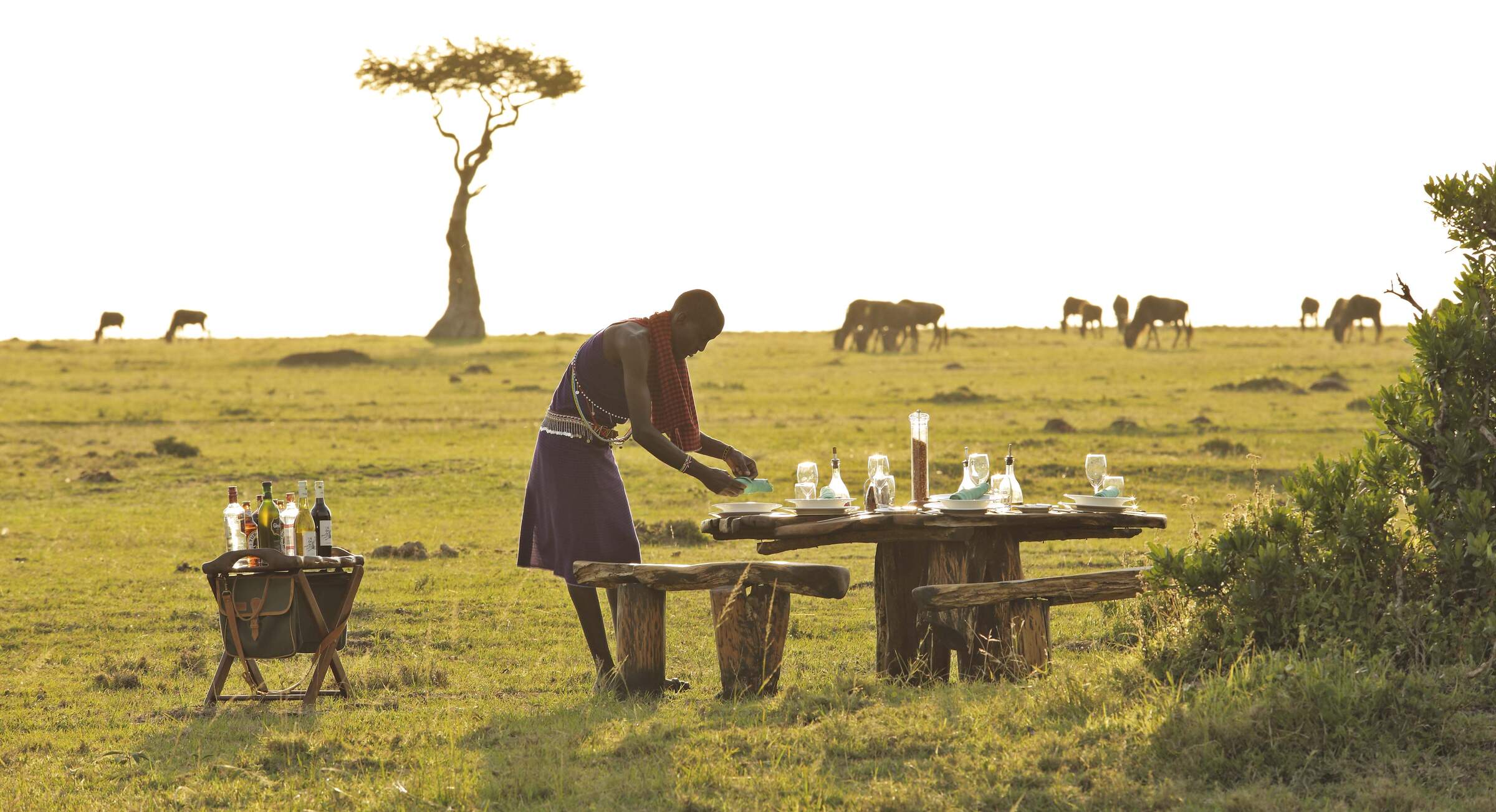
Saruni Wild
Saruni Wild is a rustic and traditional safari camp in the Lemek Conservancy, with just three tents and limited electricity.
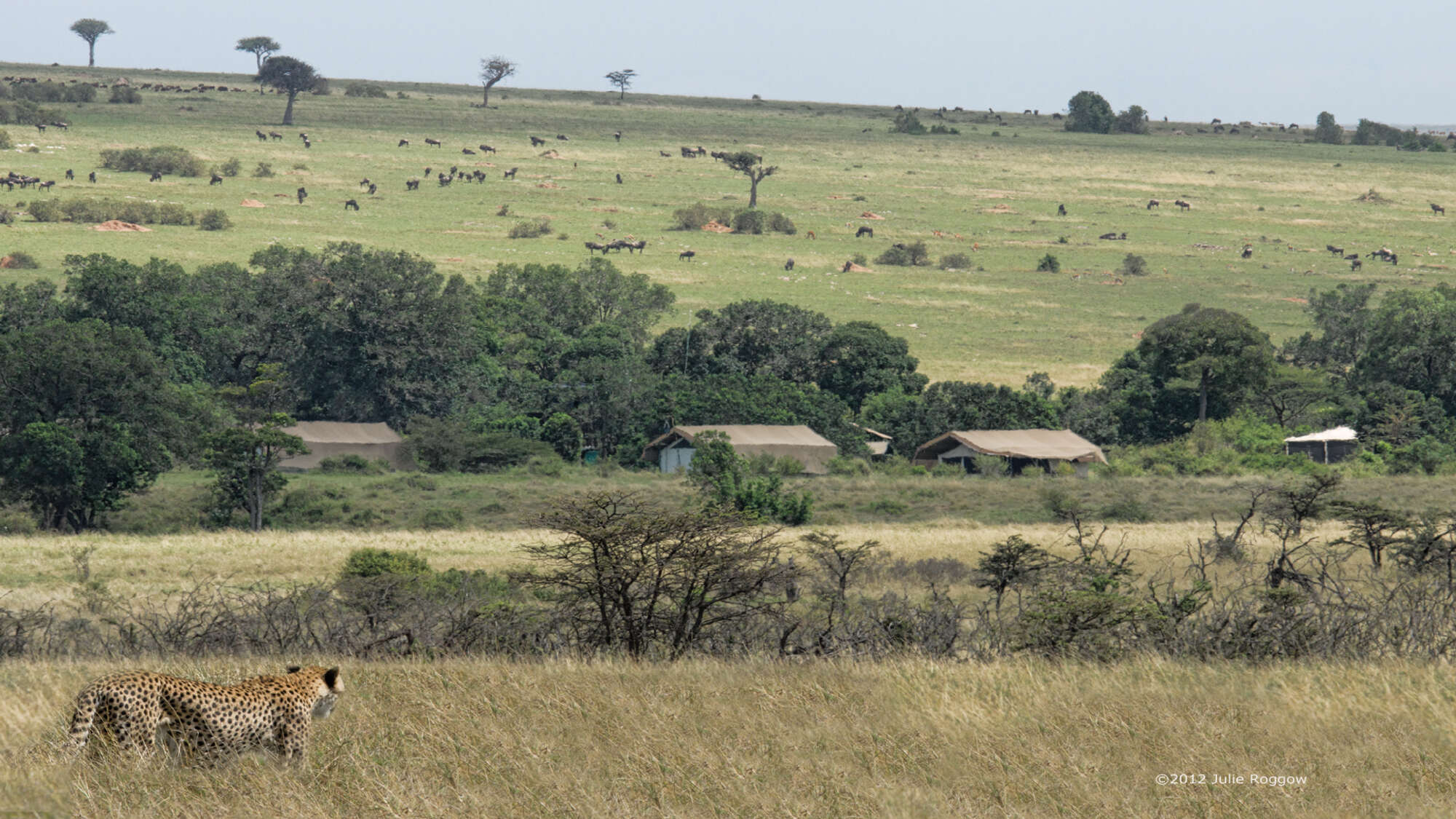
Porini Lion Camp
Porini Lion Camp is a pioneering, community focused eco-camp, with excellent guides and game viewing, in the predator-rich, Olare Motorogi Conservancy.
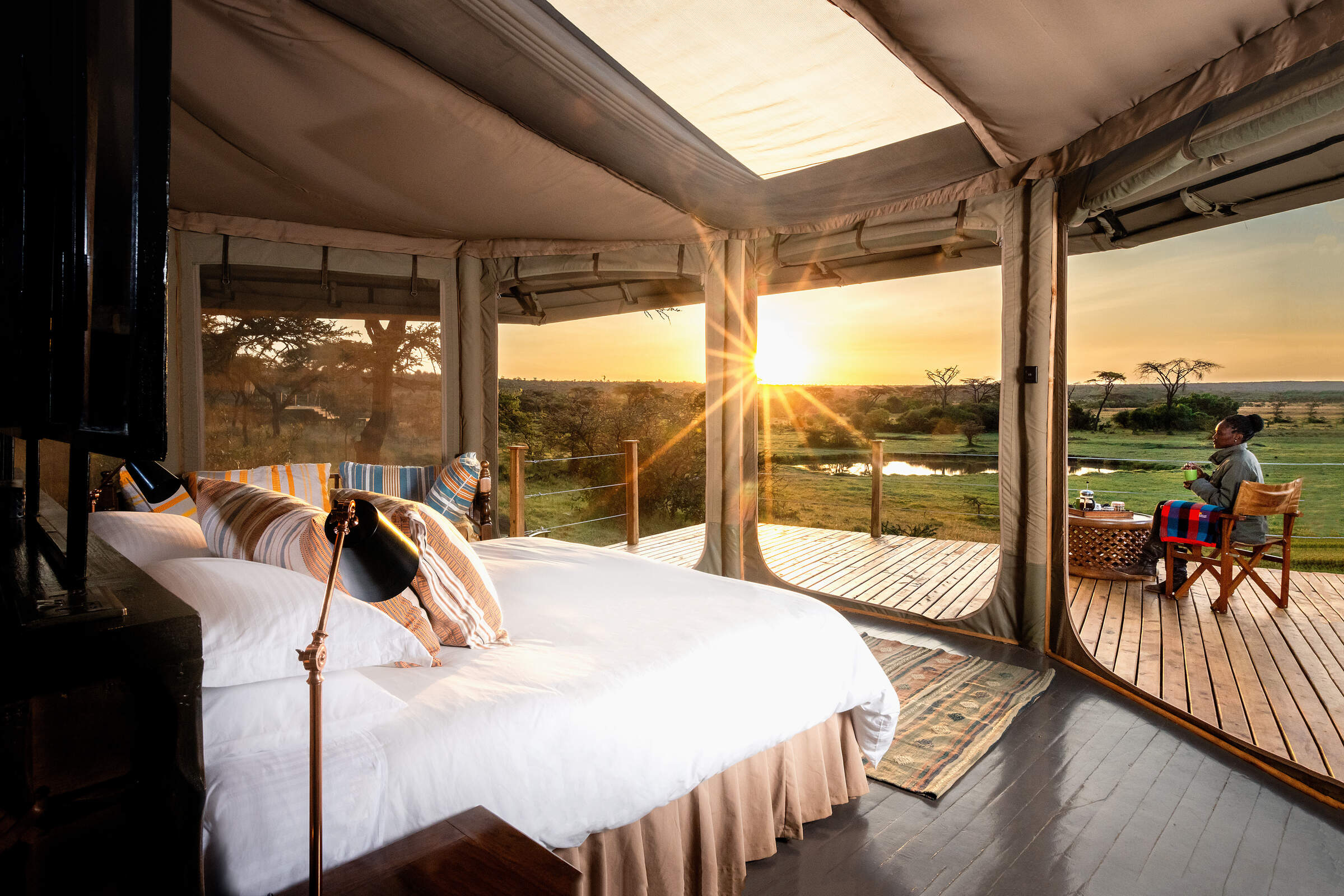
Basecamp Leopard Hill
With six beautiful tents, Basecamp Leopard Hill is a smart safari camp in the Naboisho Conservancy in the Maasai Mara ecosystem.
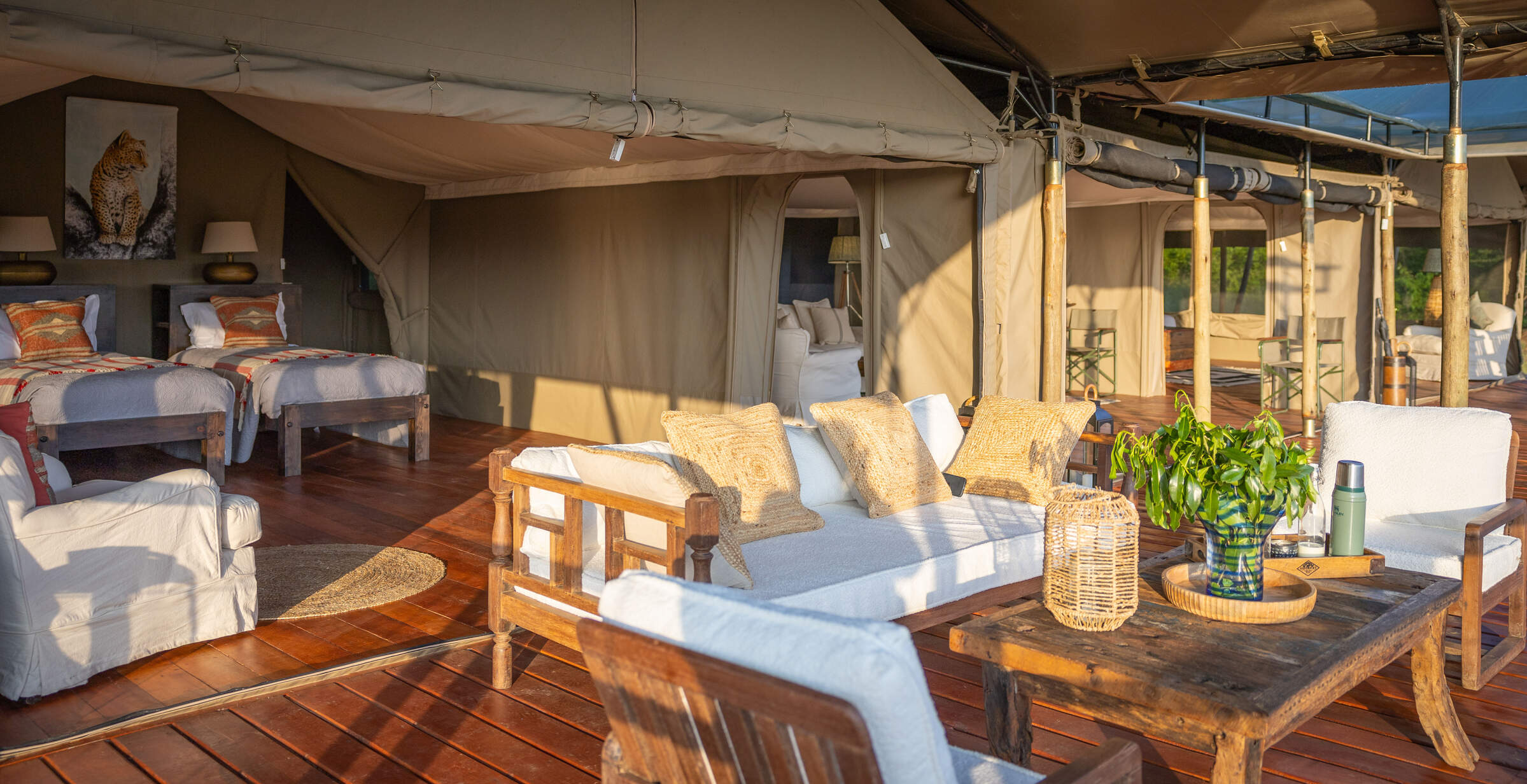
Offbeat Ndoto
Small and intimate, Offbeat Mara is set in a valley above the (often dry) Olare Orok River within the Mara North Conservancy.
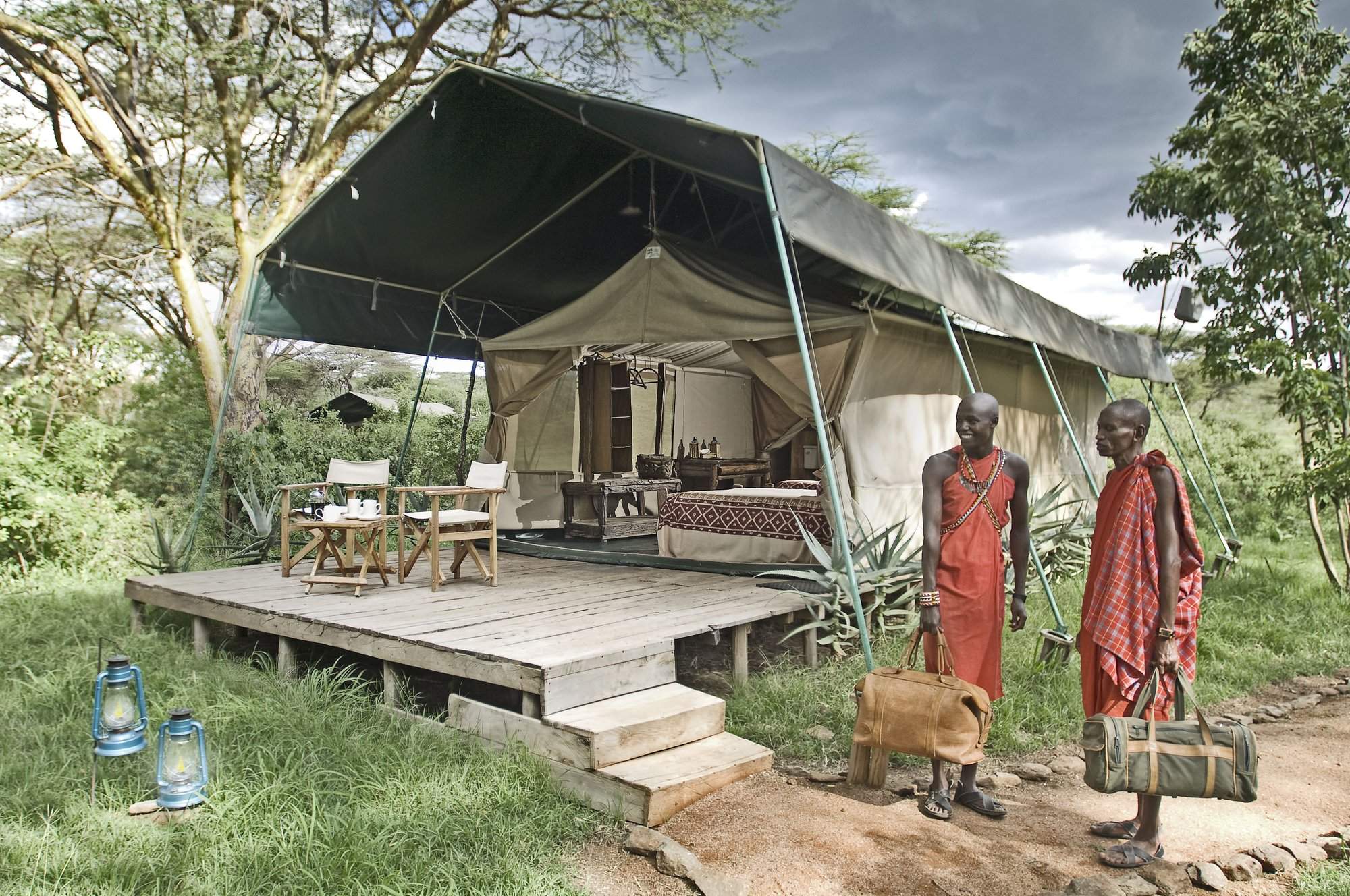
Porini Mara Camp
Porini Mara Camp is a small, pioneering eco-camp in the first private conservancy in the Mara region, with comfortable accommodation and a range of activities.
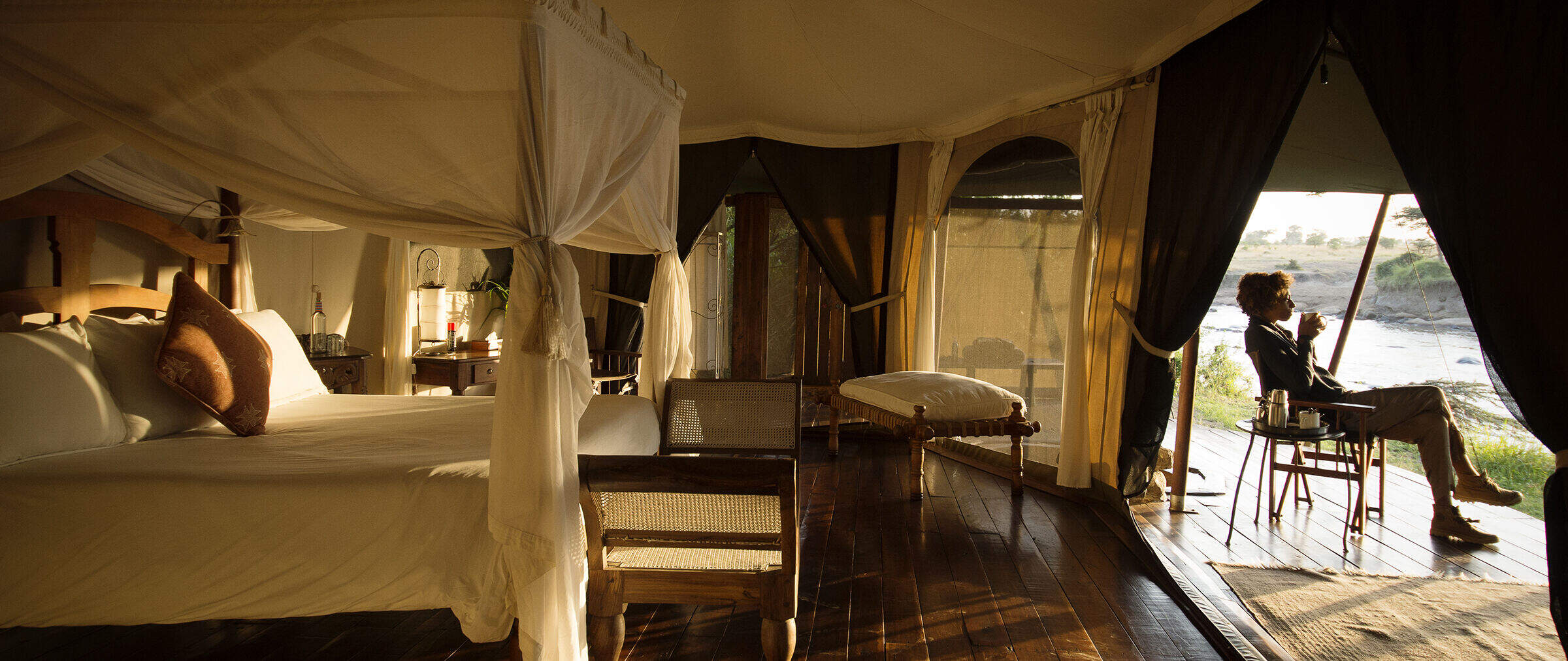
Ngare Serian
The luxurious Ngare Serian and its sister camp Serian face each other across the Mara River on the western side of the Mara North Conservancy
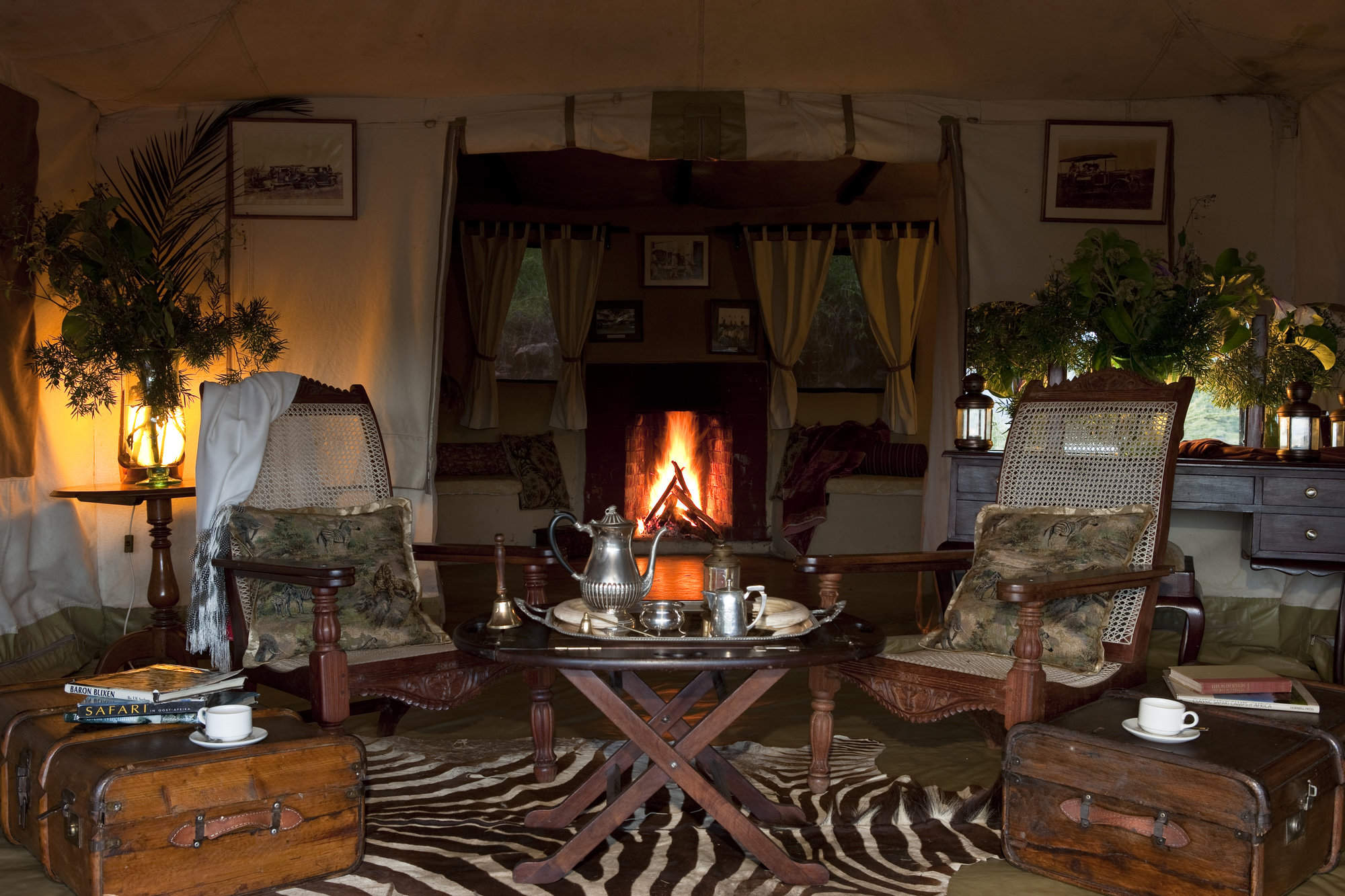
Cottars 1920s Camp
Cottar's 1920s Camp is a classic, luxury tented camp with a 1920s safari theme, located in its own conservancy on the southeast border of the Maasai Mara National Reserve.
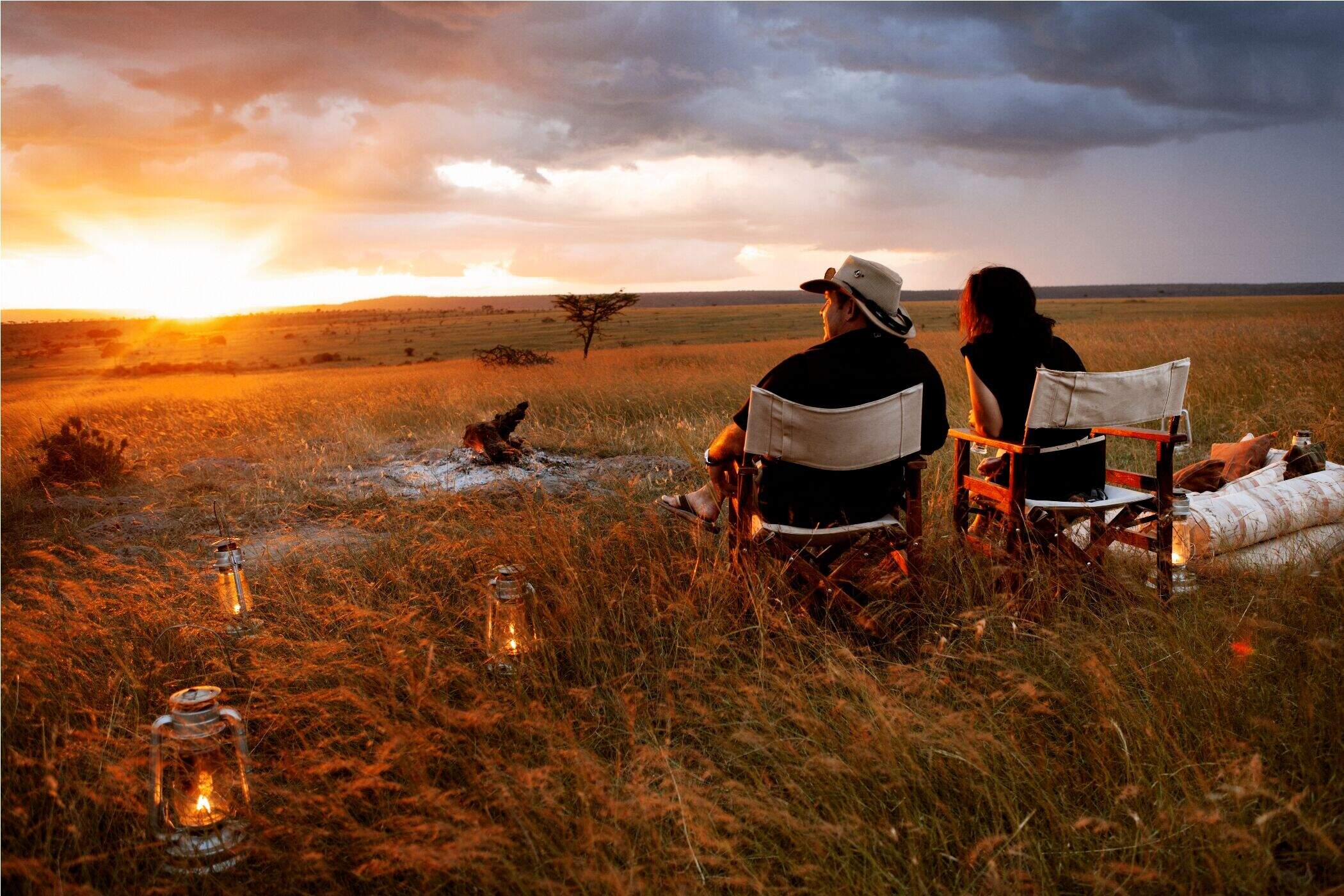
Karen Blixen Camp
Karen Blixen Camp sits on a meander of the Mara River in the Mara North Conservancy, just beyond the northern boundary of the Maasai Mara National Reserve.
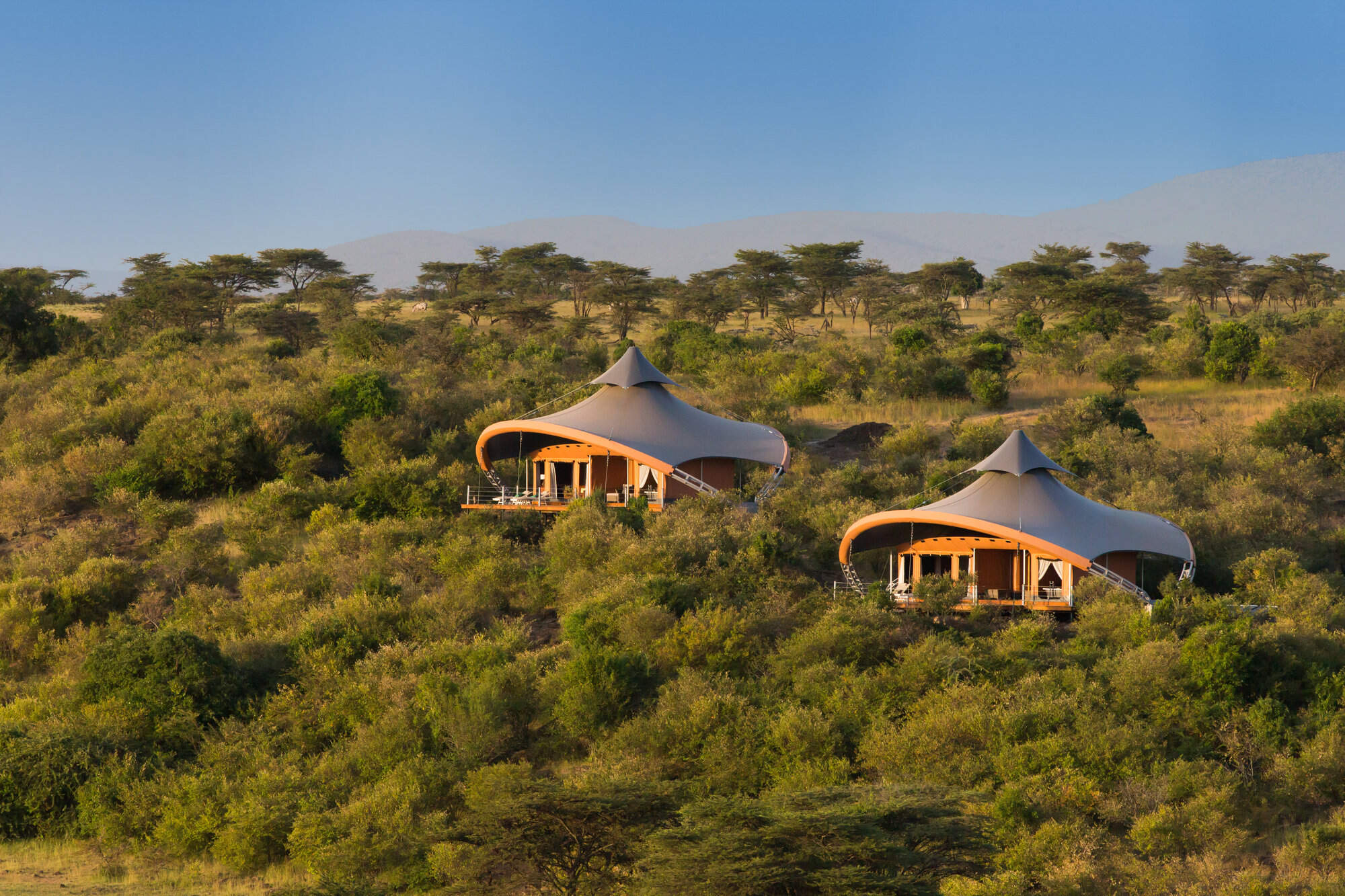
Mahali Mzuri
Mahali Mzuri is a strikingly modern tented camp in the Virgin Limited Edition group, in a remote part of the Mara ecosytem's Olare Motorogi Conservancy. It has lovely views and all the luxuries of a five-star hotel.
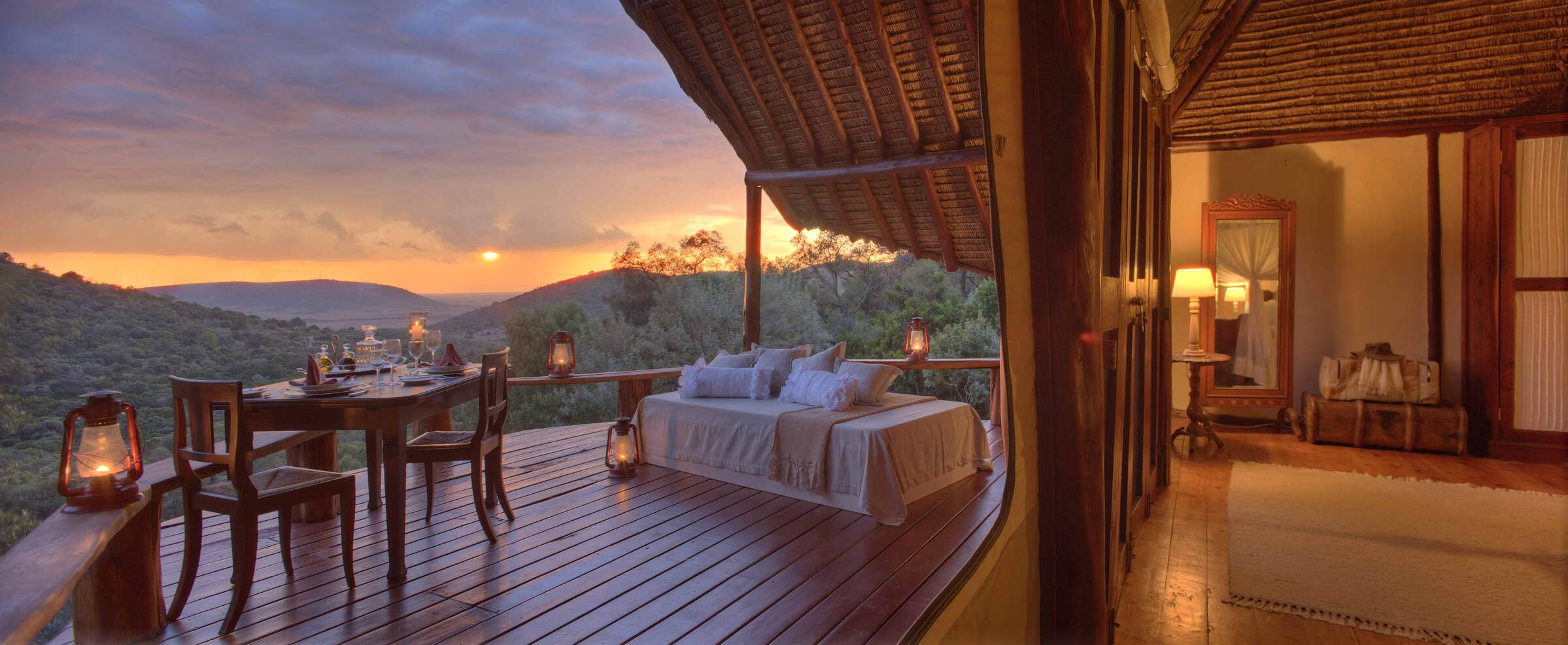
Saruni Mara
Saruni Mara is a luxurious permanent lodge, on the remote northern edge of the Mara North Conservancy, with stunning views, good guiding and very private and comfortable rooms.
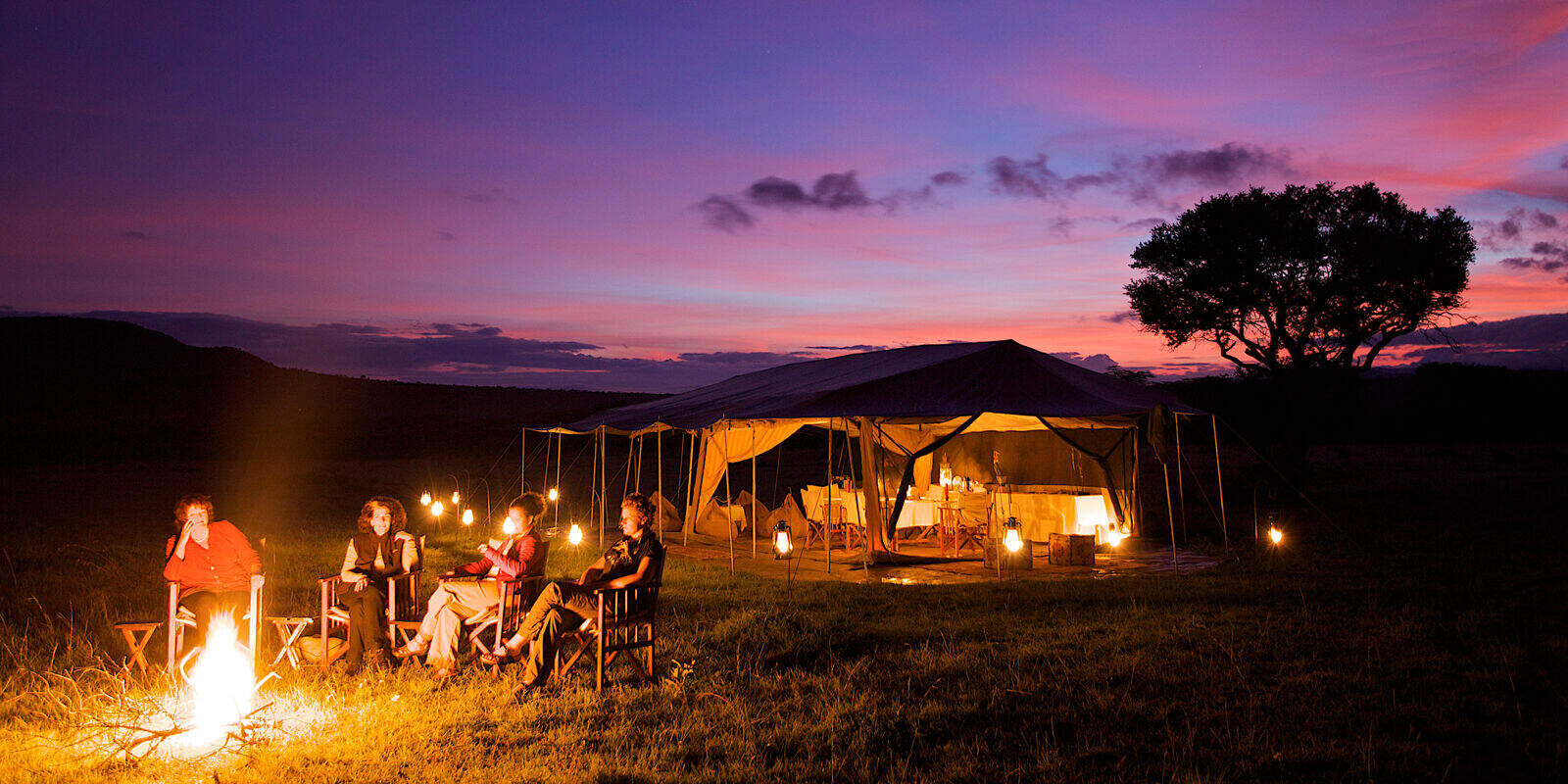
Leleshwa
Leleshwa was a delightful, boutique safari camp on the picturesque banks of a tributary of the Talek, with an extensive, little visited game area on its doorstep.
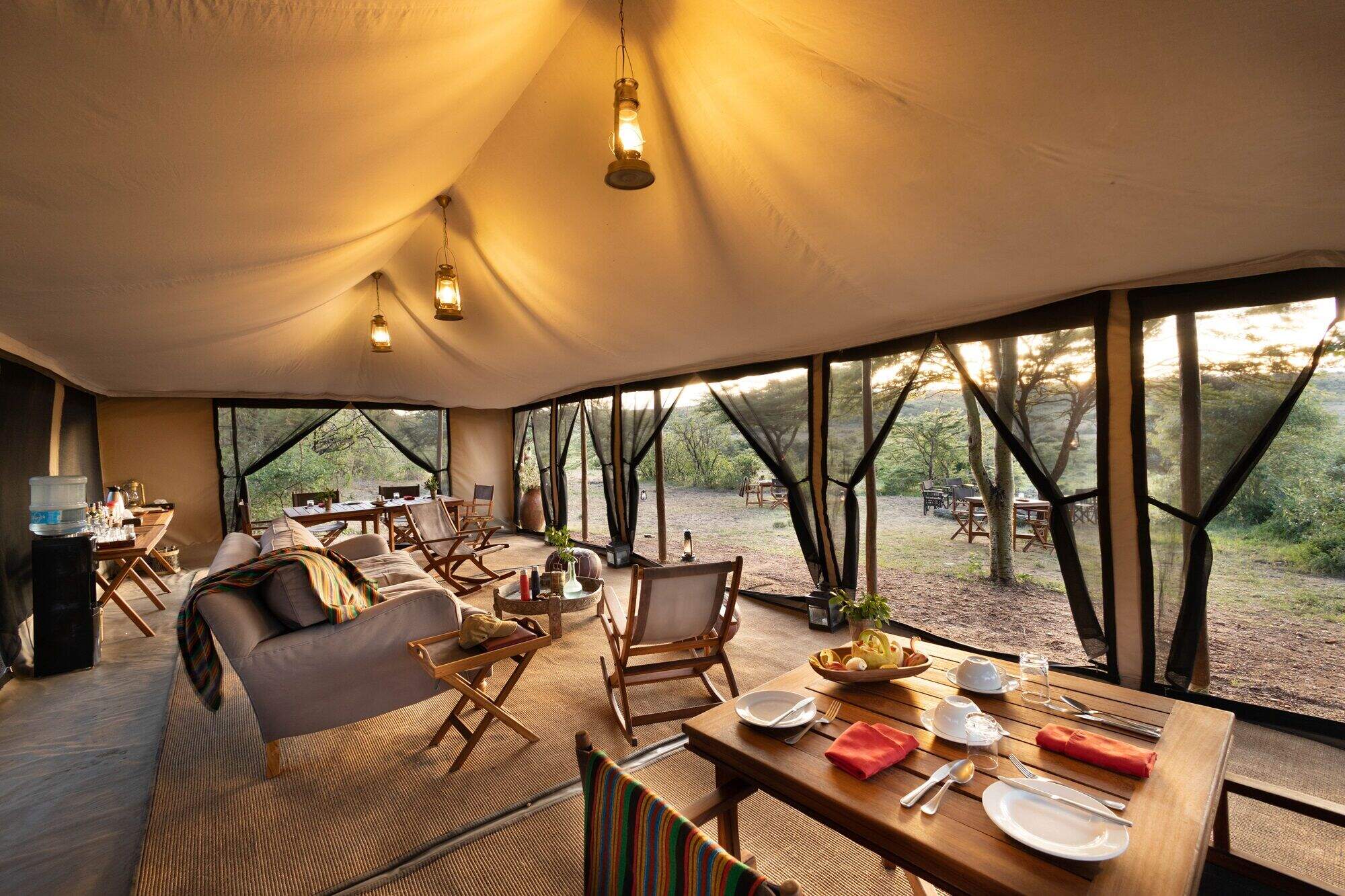
Basecamp Wilderness
Basecamp Wilderness Camp is a simple, traditional tented camp, set in a remote valley in the Naboisho Conservancy in the Mara ecoystem.
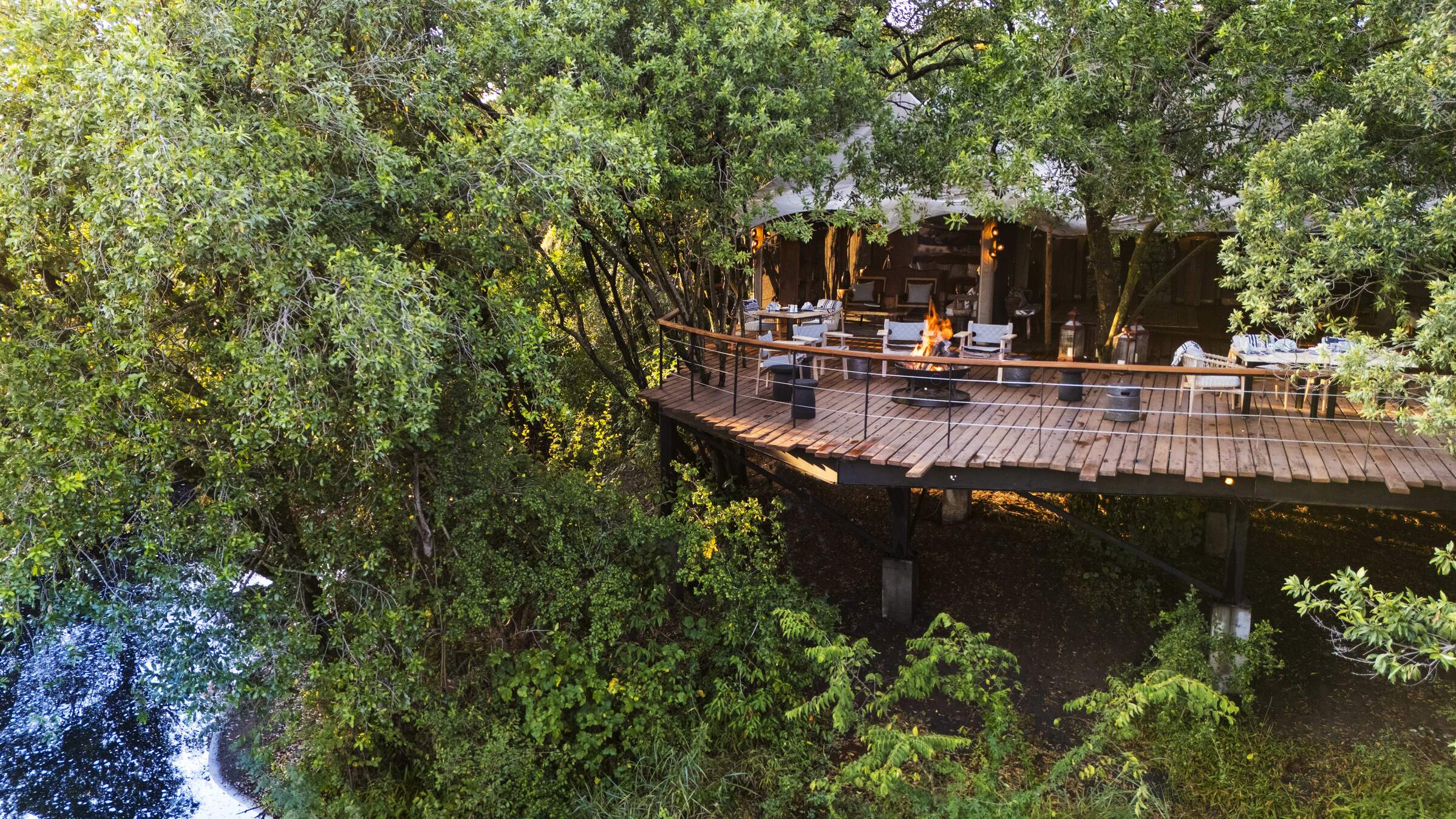
Mara Toto Tree Camp
Mara Toto Tree Camp is located on a wooded bend of the Ntiakatek River, 1km south (as the pied crow flies) from its sister camp, Mara Plains. It's the offspring of the original "Mara Toto" which was swept away in floods.
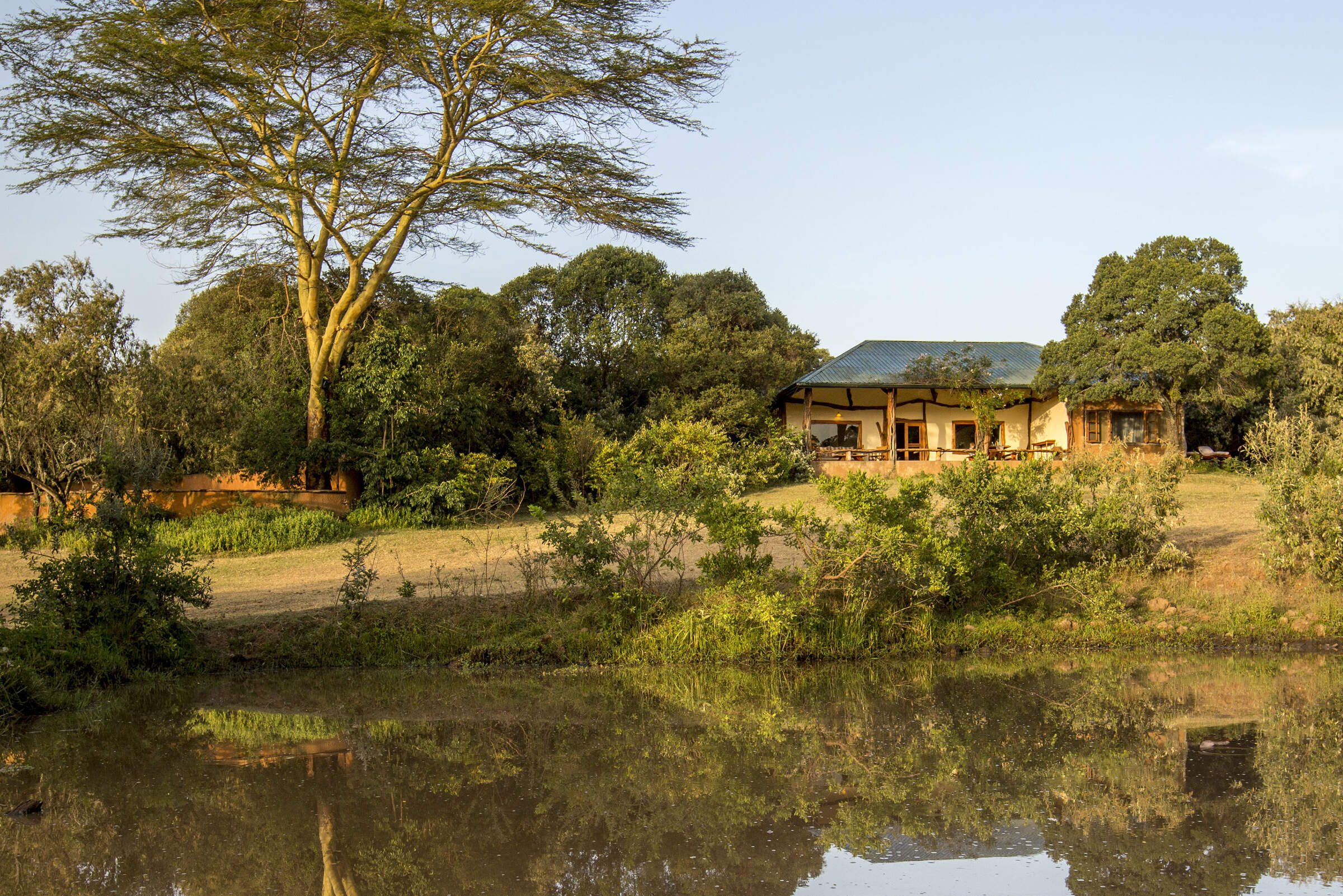
Basecamp Mara Houses
Basecamp Mara Houses consists of three private houses located in the northernmost part of the Mara North Conservancy.
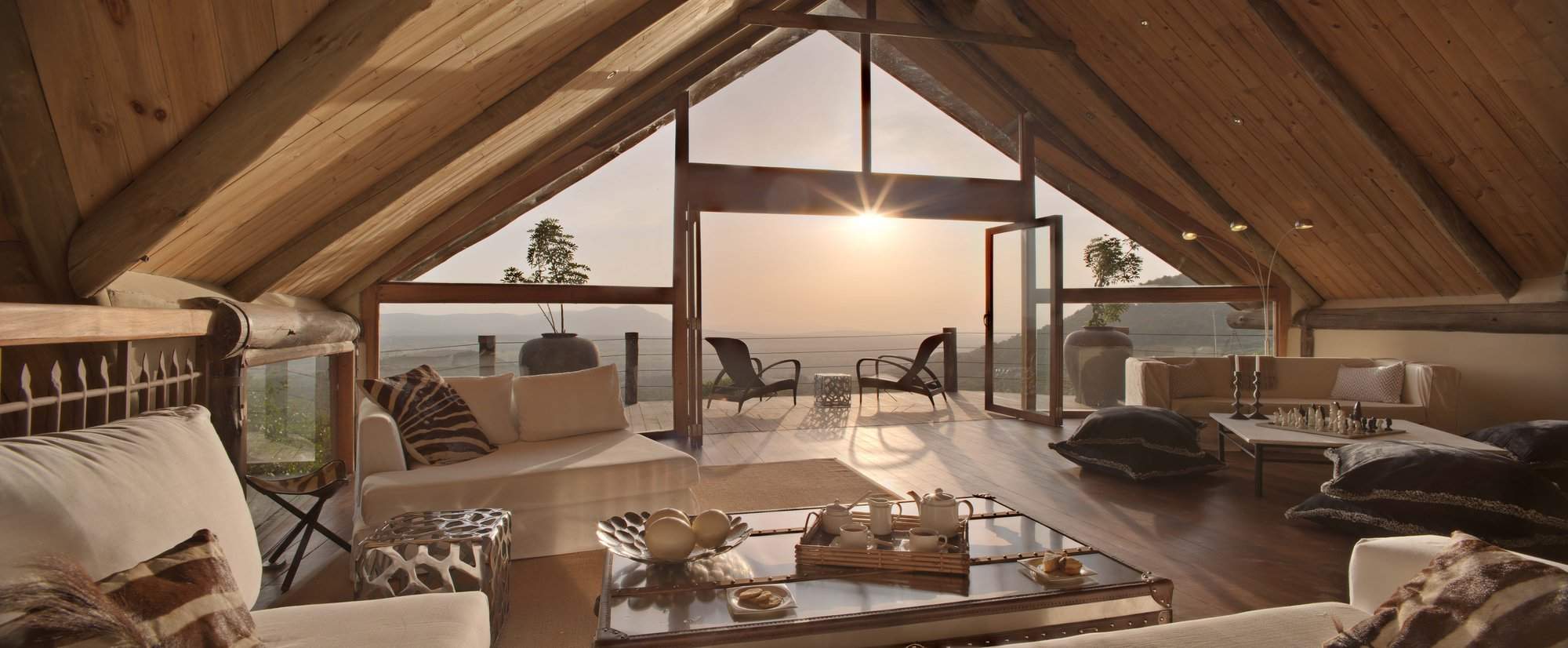
Cottars Private House
Cottar's Private House is one of the few truly luxurious, modern private houses in the Mara ecosystem, spoiling its guests with first-rate staff, a swimming pool and wonderful views.
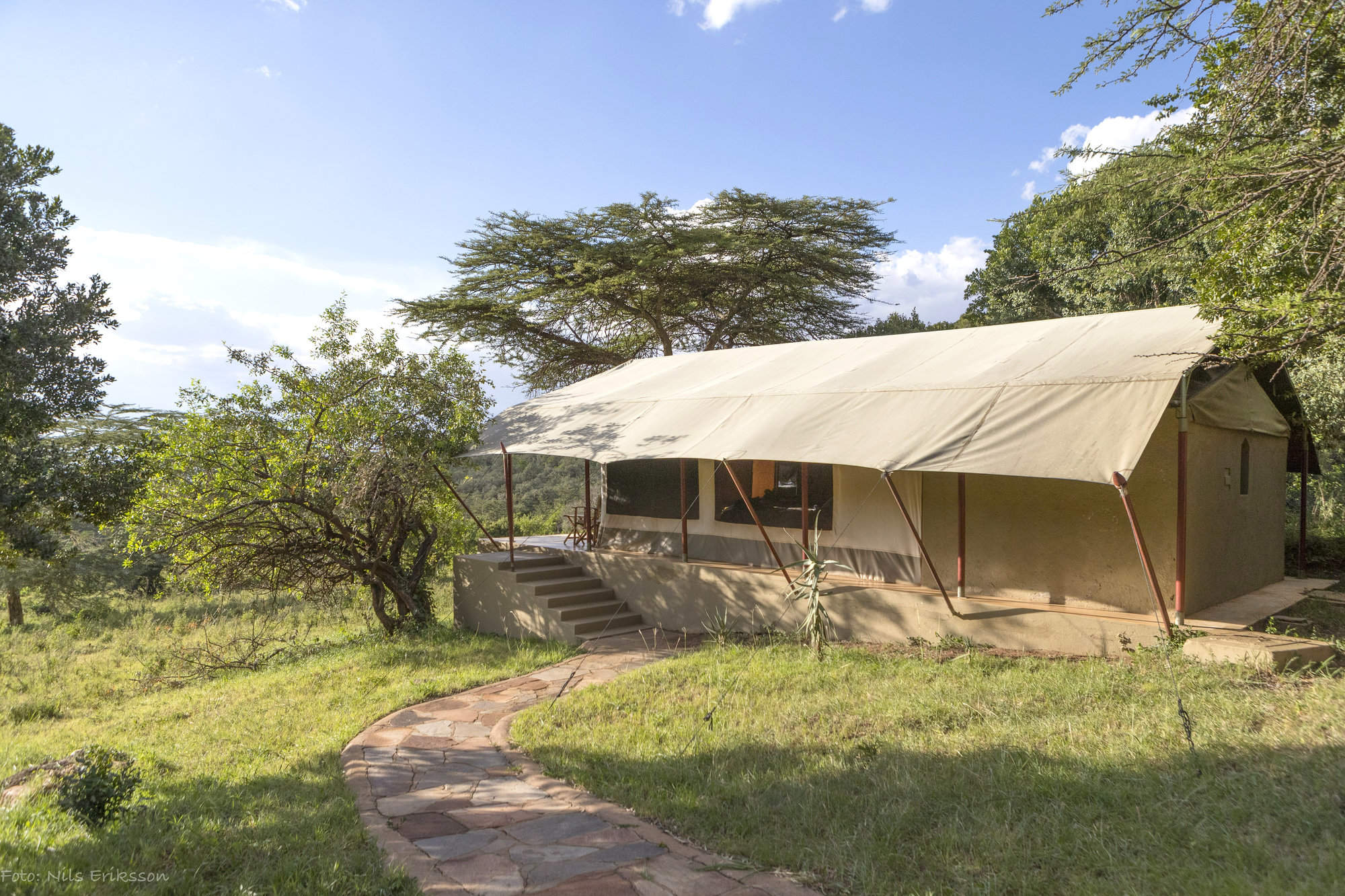
Entumoto
Entumoto is a high-end tented camp, with a swimming pool, situated in a very pretty location on the east side of the Maasai Mara ecosystem.
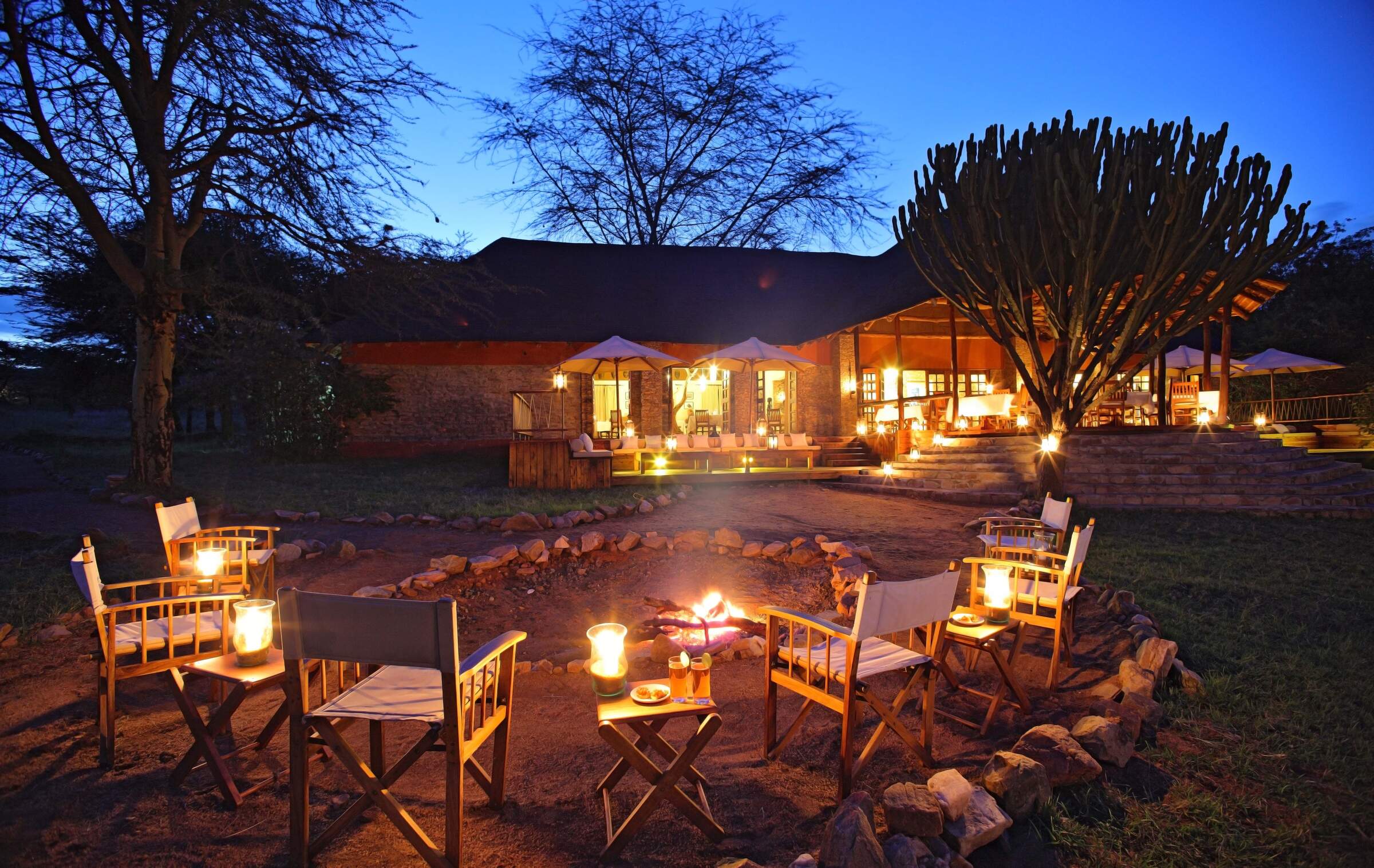
Mara Bushtops
Mara Bushtops is a luxury safari hotel on a private concession, outside the Maasai Mara National Reserve, with the emphasis on comfort, relaxation and good food and wine.
When to go to Maasai Mara Conservancies
Our month by month guide: What it's like to visit Mara Nyika in Maasai Mara Conservancies
Jan
Feb
Mar
Apr
May
Jun
Jul
Aug
Sep
Oct
Nov
Dec
Kenya in January
Clear, hot days and warm nights make this high season a popular time for safaris and it’s also good for diving and snorkelling as water clarity is excellent and gets better as the dry season progresses. Most lodges and tented camps treat January after the New Year week is over, as mid-season, making it a good compromise in terms of value for money with reasonably reliable, dry weather and some greenery left in the landscape.
Expert Africa bases its description of climate and weather in January, like the other months of the year, on the climate records of roughly the last 100 years, and it's fair to say that the weather and seasons since the beginning of this century have been highly irregular and unpredictable.
- On average, January is the second driest month of the year
- Elephants dig waterholes in the dry riverbed in the Samburu reserve.
- Wildebeest and many antelope have their calving season, to February.
- Migrant birds are seen in huge numbers, especially in the Rift Valley.
- Sea water clarity around the coral reefs generally good.
Our view
Fantastic: the very best time to visit
Weather in January
Kenya in February
With the short dry season well established, the grass grazed down and wildlife gathering close to water points, this is still a good time for a safari. Good water clarity in the Indian Ocean's coastal waters makes for excellent diving and snorkelling conditions.
Expert Africa bases its description of climate and weather in February, like the other months of the year, on the climate records of roughly the last 100 years, and it's fair to say that the weather and seasons since the beginning of this century have been highly irregular and unpredictable.
- On average, February is the driest month of the year.
- It’s sometimes possible to swim with whale sharks at Diani Beach.
- Migrant birds are still seen everywhere, especially near water.
- This is usually peak calving season for wildebeest and many antelopes.
- This month is often the hottest of the year, especially on the coast.
Our view
A very good time to visit
Weather in February
Kenya in March
Hot, increasingly humid weather – with good diving and snorkelling conditions at the start of the month – gives way to rains and lower accommodation costs. Expert Africa bases its description of climate and weather in March, like the other months of the year, on the climate records of roughly the last 100 years, and predicting the seasons since the beginning of this century has been difficult.
March is the month when – traditionally – intensely hot conditions build up until a cloudburst finally happens at the end of the month or in early April, to relieve the humidity. As ever, regional variations across the country can greatly impact on visitors' experiences.
- Sea-water clarity is best for diving before the long rains start.
- Visitor numbers are low, though the Easter holidays can be busier.
- Night skies can be scintillatingly clear in early March.
- Cropped down savannah grasses can make it easier to see the wildlife.
- Temperartures climb high, especially at lower elevations.
Our view
A good time to visit, with pros & cons
Weather in March
Kenya in April
April sees the full onset of the southeast monsoon wind or kusi, which heralds the long rains. Temperatures drop soon after the rains are established and you’ll often have facilities largely to yourself in this more affordable low season, sometimes known as the "green season". The bush quickly springs to life, with greenery sprouting almost before your eyes. While you're likely to get a fair number of heavy showers, the breaks in the rain can yield sparklingly clear conditions.
With the dust settled and bright sun piercing the clouds, conditions can be sublime for photography, especially first thing in the morning or in the late afternoon with another storm brewing. You may be lucky, or you may find conditions very wet and muddy.
- A wet month, the coast often gets more than 300mm (12in) of rain.
- Sunny spells can provide great light for photography.
- Buffalo and zebra calving season often happens in this month.
- Baby crocodiles hatch, for example on Central Island in Lake Turkana.
- Palearctic migrant birds gather to fly north to breeding grounds.
Our view
A time to avoid if possible
Weather in April
Kenya in May
While game viewing can be trickier as vegetation runs riot, between the cloudbursts the colours and light are great for photography at this time of year. Expert Africa bases its description of climate and weather in May, like the other months of the year, on the climate records of roughly the last 100 years, and while it's reasonable to expect heavy rains in many parts during this month, especially on the coast, the rains don't always come evenly or in some areas come at all.
In an El Niño year, the so-called long rains that normally are established across much of the country by May can be meagre, to the despair of farmers. On the other hand in a La Niña year, the long rains can bring floods. On the coast, the monsoon winds make the climate much more predictable, with heavy rains common throughout this month.
- Frogs breed in the ponds in the Arabuko Sokoke Forest near Watamu.
- Wildebeest, impala and other grazers are in rut (the breeding season).
- Kilimanjaro looks its best as heavy rain falls as snow on the summit.
- There's a sharp peek of rainfall on the coast with many rainy days.
- Accommodation prices are uniformly low, while some camps close.
Our view
A time to avoid if possible
Weather in May
Kenya in June
The rains give way to cloudy, cooler weather, often making for comfortable conditions by the end of the month, especially in the highlands. Starting from mid-June or the beginning of July and running until the end of October, this is the high season, and accordingly has higher accommodation rates and – at least until early September – higher numbers of visitors.
While the early part of June can often be rainy on the coast, it can be a great time to go on safari, with fresh greenery, many young animals and good photographic conditions with clear air.
- The Taru Desert, inland from the coast, is carpeted with flowers.
- The Lake Turkana Cultural Festival is held in Loiyangalani.
- Madaraka Day (commemorating self rule) is 1 June.
- The annual Lewa marathon runs a course through the wildlife.
- The Diani Rules "sports" event rips up the rulebook at Diani Beach.
Our view
A good time to visit, with pros & cons
Weather in June
Kenya in July
Kenya’s “winter" season sets in (winter is a misnomer but locals feel the change), and the highlands can be rather grey. Skies are often cloudy and the days can be surprisingly cool, with an average daytime high in many highland safari areas of 15-20°C and night-time temperatures dropping below 10°C in Nairobi and the highlands. Lower parts of the country and the coast are usually warm and dry, typically reaching highs of around 25°C with lows in the high teens.
As this is the start of the high season, coinciding with the usual arrival of the wildebeest migration in the Maasai Mara, July is a busy month. Ask your Expert Africa specialist to advise on how to avoid the crowds, which is not that difficult to do.
- The wildebeest migration usually reaches the Maasai Mara in July.
- Simbi Lake (Kisumu) and Crater Lake (Naivasha) can attract flamingoes.
- Watersports start to pick up and some surfing is possible at Malindi.
- Afternoon thunderstorms are a common feature in the Maasai Mara.
- The sea can be choppy along the coast, making diving difficult.
Our view
A good time to visit, with pros & cons
Weather in July
Kenya in August
The Great Migration fills the plains of the Maasai Mara, and school’s out, so the park roads are full of tourists – ask your Expert Africa specialist for advice on crowd avoidance tactics. Choose a private conservancy rather than a public national park or national reserve for quieter conditions.
Like July, August is generally mild and relatively dry in the safari areas, but it can be very chilly in the highlands, even in the middle of the day, and hail occasionally falls above altitudes of around 2,400m (8,000ft). Nairobi can be disappointingly overcast, with low cloud.
- Apart from Christmas holidays, this is the busiest month of the year.
- Late August sees peak wildebeest drama at the Mara River crossings.
- Coastal winds are good for kite- and wind-surfing.
- Few mosquitoes are around at this generally dry time of year.
- The annual Camel Derby takes place in the Samburu capital, Maralal.
Our view
A good time to visit, with pros & cons
Weather in August
Kenya in September
The skies clearing of cloud signals the start of hot, dry weather with little chance of rain – and, after the first few days of the month, far fewer visitors – making the latter part of September a good time for a quieter safari. While early September is often good for dramatic migration crossings along the Mara River, you might consider deliberately postponing your trip until later in the month, when the migration can still be very impressive and visitor numbers fewer.
If tourist surges are somewhat predictable, however, the patterns of the wildebeest migration are more volatile, and like all of Expert Africa's climate and weather assessments, they are based on accumulated years of experience rather than guaranteed certainty.
- This is still high season, with prices to match.
- Many river crossings take place on the Mara river in both directions.
- Natural bush fires flush out insects and small animals for predators.
- The Rift Valley Music Festival takes place by Lake Naivasha.
- With school holidays over by early September, late-month is quieter.
Our view
Fantastic: the very best time to visit
Weather in September
Kenya in October
Still hot, mostly dry and not too busy, this is many people’s preferred month for a safari, and it’s also good for diving and snorkelling. The wildebeest and zebra herds of the great migration are often still to be seen, though in dwindling numbers. The swamps of Amboseli attract thirsty wildlife including large herds of elephants.
While we wouldn't expect much rain across most of the country this month, the climate has become so unpredictable that you can never say never, and the possibiity of the short rains – usually associated with November to mid-December, starting early, can't be discounted.
- This month sees the tail end of the great migration in the Mara.
- Palearctic migrant birds start to arrive, staying until March.
- Turtle nests hatch at Watamu, until November.
- Amboseli elephants focus on the swamps for their daily water.
- The Indian Ocean monsoon winds turn from southeast to northeast.
Our view
A very good time to visit
Weather in October
Kenya in November
The northeast monsoon wind or kaskazi heralds the start of the “short rains", usually some time in the second half of the month. From November to mid-December, this is the low season, and accordingly has lower accommodation rates and lower visitor numbers. Across most of the country you can expect warm, somewhat cloudy weather, with occasional heavy showers and localised flooding.
Expert Africa bases its description of the climate in November, like the other months of the year, on the records of roughly the last 100 years, and it's fair to say that the seasons since the beginning of this century have been highly irregular and unpredictable: some years the short rains don't come at all, or don't reach every part of the country. In an El Niño year, the November short rains can be very heavy, but in a La Niña year, they can fail completely.
- Swimming with dolphins in Lamu can be done from now until April.
- Birders gather at Ngulia in Tsavo West to ring Palearctic migrants.
- The Lamu Cultural Festival takes over the town and Lamu Creek.
- Agricultural shows often take place regional market towns.
- This is low season, so camps can be great value, with special offers.
Our view
A good time to visit, with pros & cons
Weather in November
Kenya in December
In a typical December, the rains usually finish by middle of the month, leaving the landscape looking its best, under clear blue skies, and heralding the start of the second peak tourist season from around 20 December to the first week of January. Our assessment of the likely weather in December, like the other months of the year, is based on climate records, and it's fair to say that the seasons since the beginning of this century have been highly irregular and unpredictable.
Christmas can sometimes be wet, but most years the rains have finished a week or two earlier, with the festive season ushering in the perfect combination of clear skies and sunshine by day and starry nights.
- Christmas and New Year are busy, with the lodges and camps full.
- Rates are highest after 24 Dec, with supplements on public holidays.
- Republic Day and Independence day are celebrated on 12 December.
- Good kite- and wind-surfing restarts, with strong northeasterly winds.
- Mango season begins, providing excitement for primates and elephants.
Our view
A good time to visit, with pros & cons
Weather in December

Looking for inspiration on where to travel next?
Visit our trip chooser to explore your options and find inspiration for your perfect African adventure
Inspire me